Beyond ink, part two: The 2nd Stonewall Tattoo Convention cements its place as Hungary’s premier tattoo event
Artists and fans returned to Hódmezővásárhely for two days of artistry, community, and international recognition – proving that Stonewall is more than just a tattoo convention.
The 2nd Stonewall Tattoo Convention, held on October 25–26 at the Fekete Sas Rendezvényház in Hódmezővásárhely, confirmed what last year’s inaugural event had already hinted at: that this young convention is becoming a cornerstone of Hungarian tattoo culture. With more than a hundred participating artists from across the country and abroad, Stonewall once again set a high bar in both artistic and organizational quality.
This year, the event expanded its footprint within the historic venue, occupying an additional hall on the lower level – a change that made the experience more spacious and comfortable without losing the intimate atmosphere that defined last year’s debut. The ornate interior of the Fekete Sas provided the perfect backdrop, praised by nearly every artist and visitor interviewed. Its architecture, light, and acoustics lent a sense of elegance and gravity to an art form still fighting for recognition as fine art.
What stood out this year was the balance between professionalism and accessibility. The convention continued to attract not only tattoo collectors and artists but also a curious general audience – families, students, and locals exploring tattoo culture perhaps for the first time. That inclusivity, according to organizer Tamás “Tinti” Jószai, is at the heart of Stonewall’s mission: to entertain, educate, and build community. “Once people come and see how much artistry goes into tattooing,” he said, “it’s easier to help them understand it as an art form.”
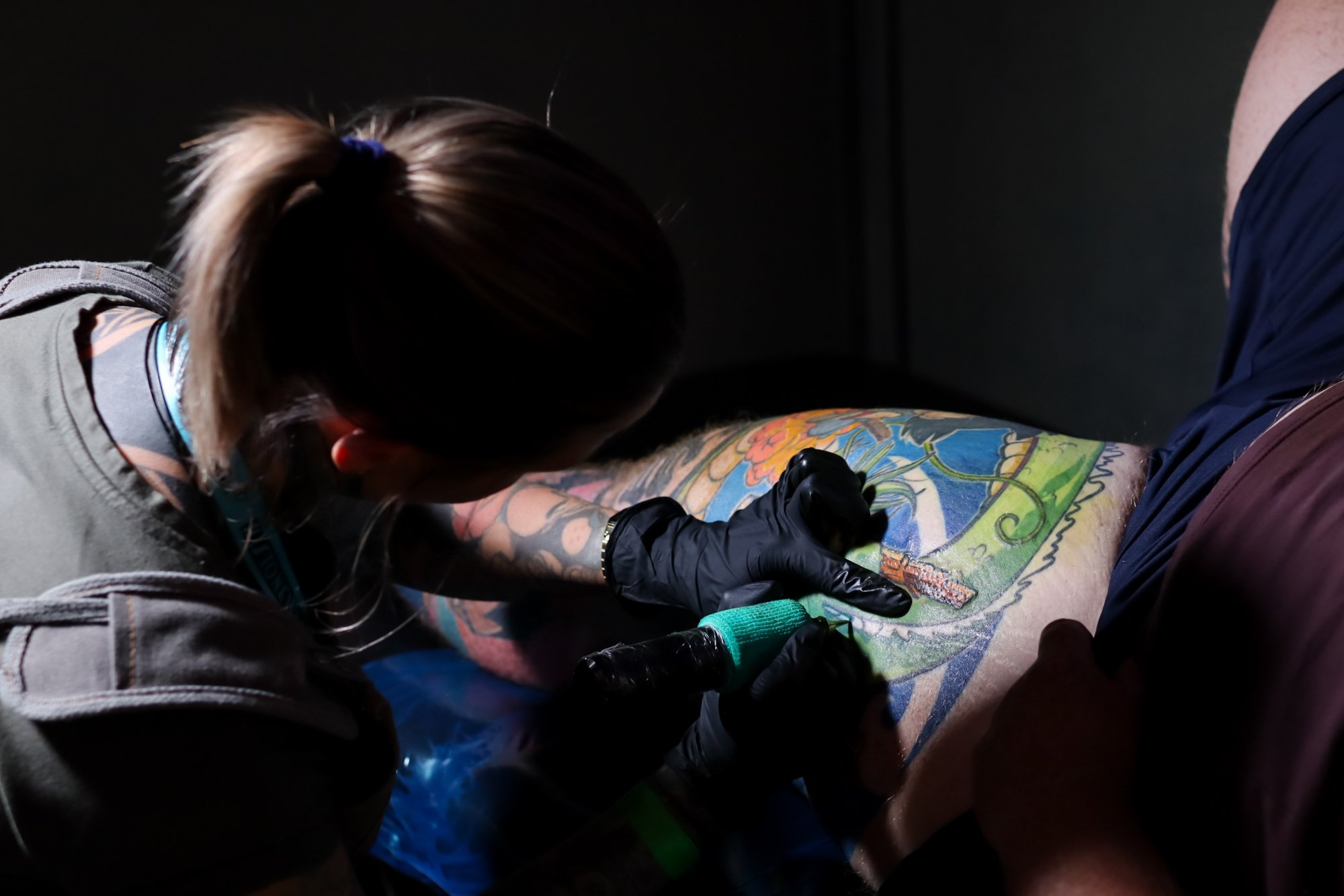

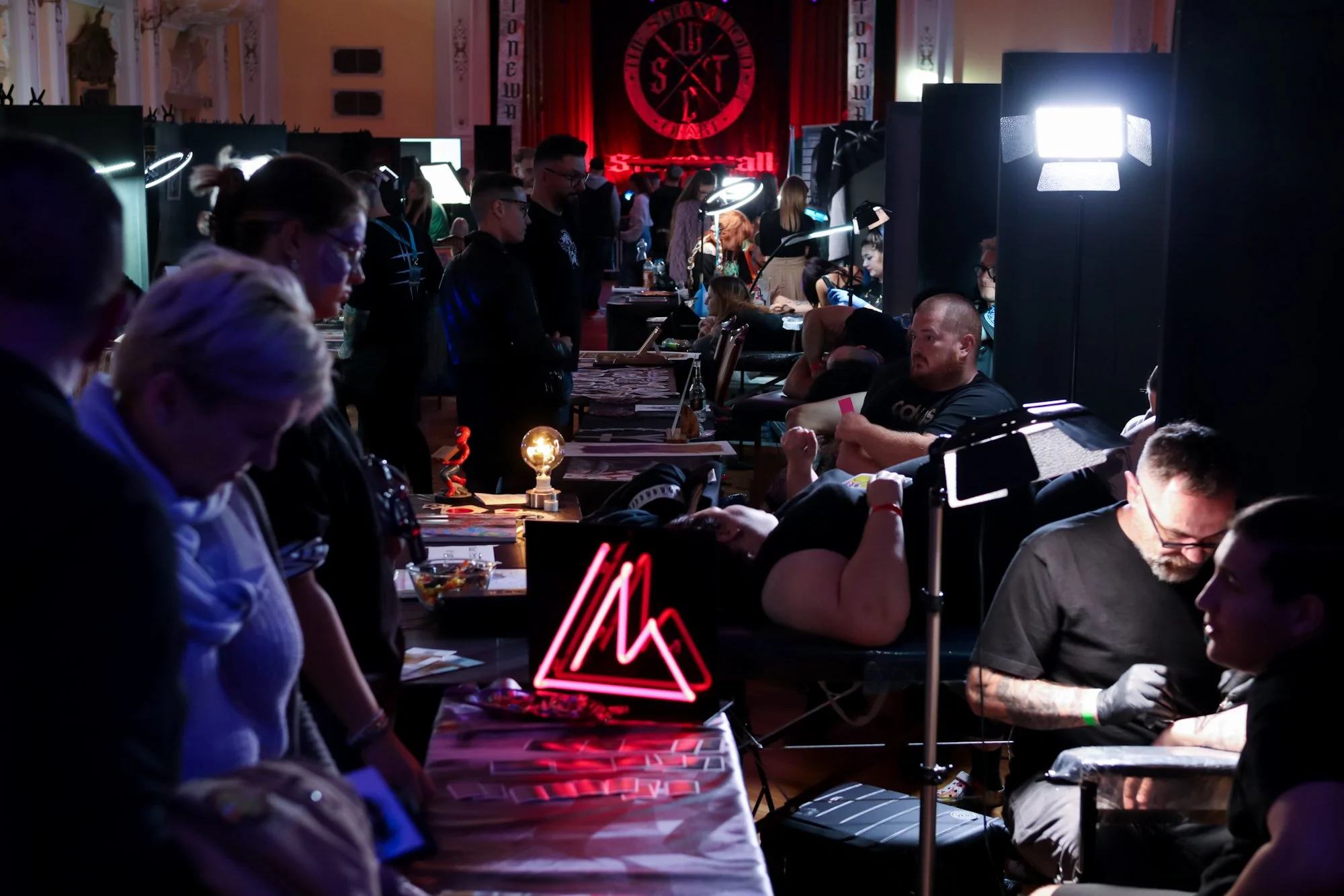
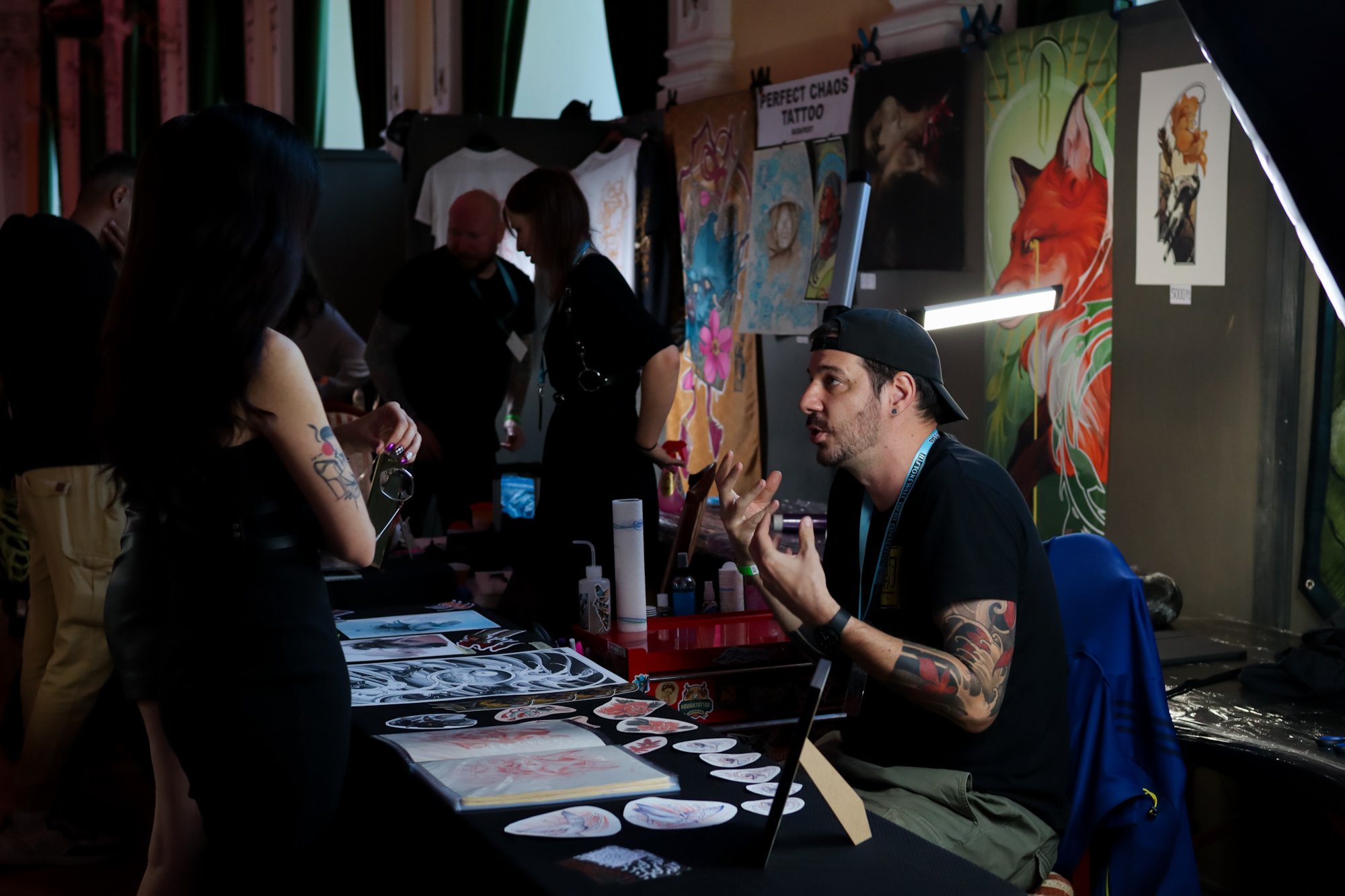
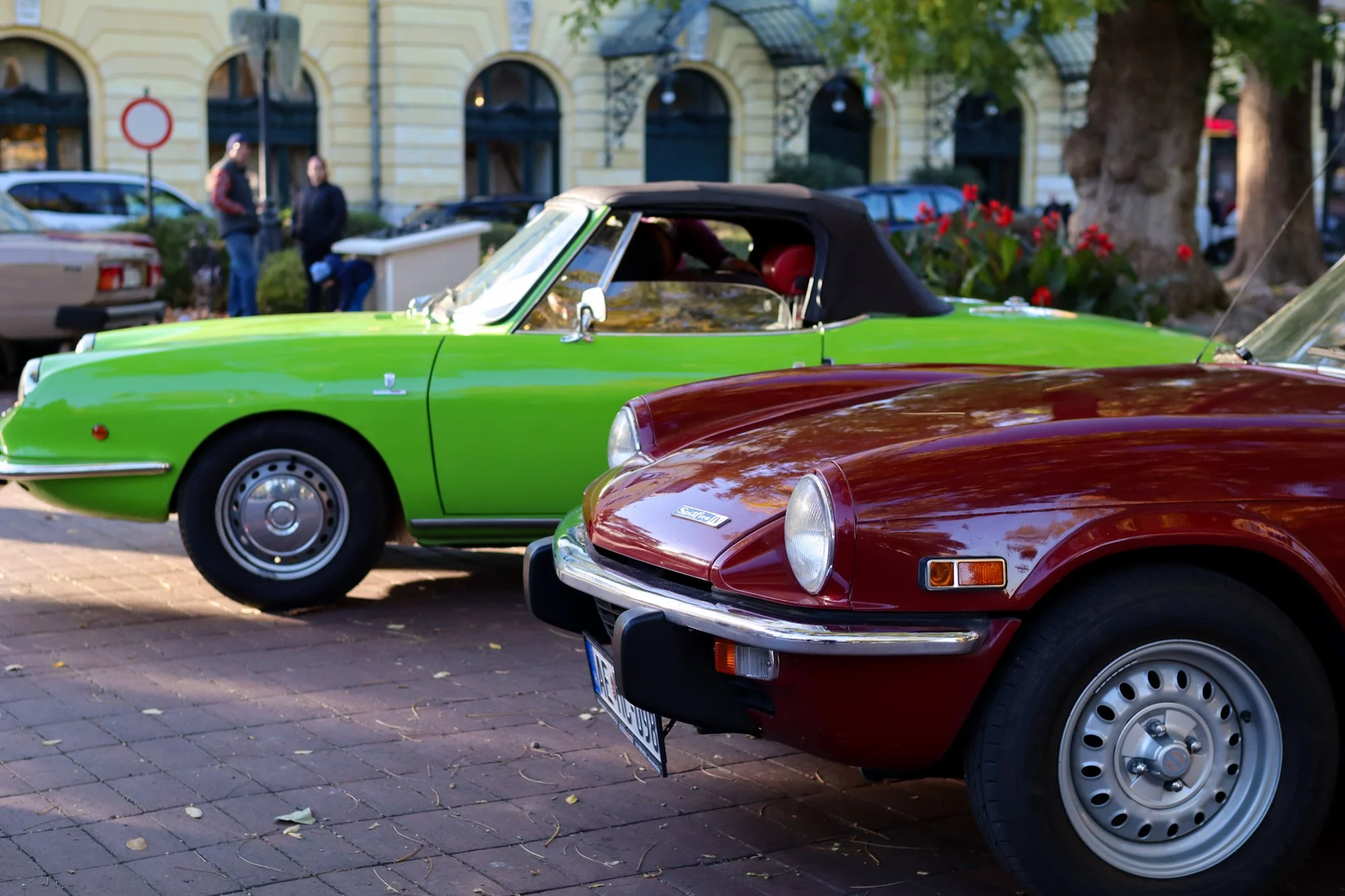
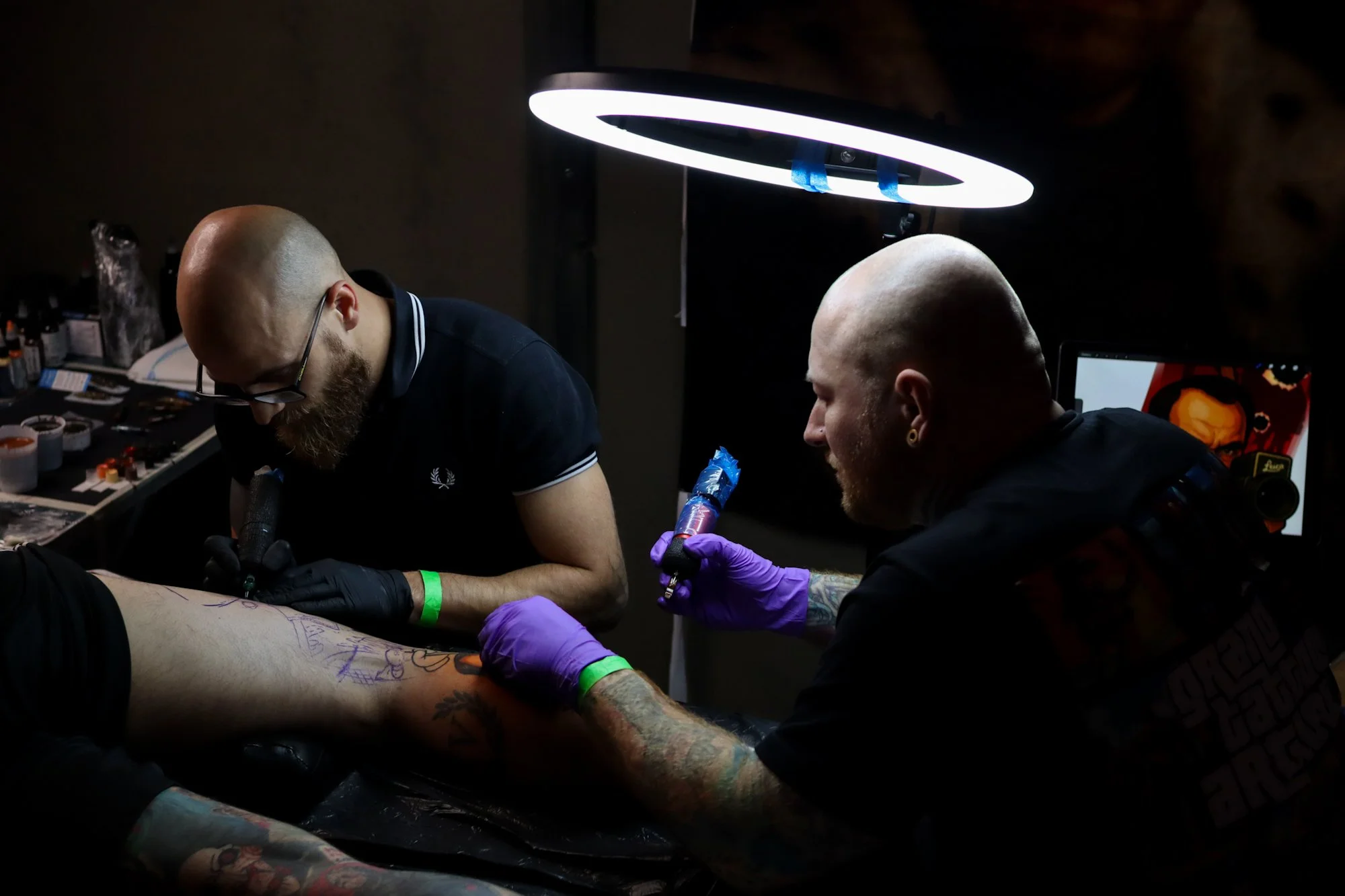

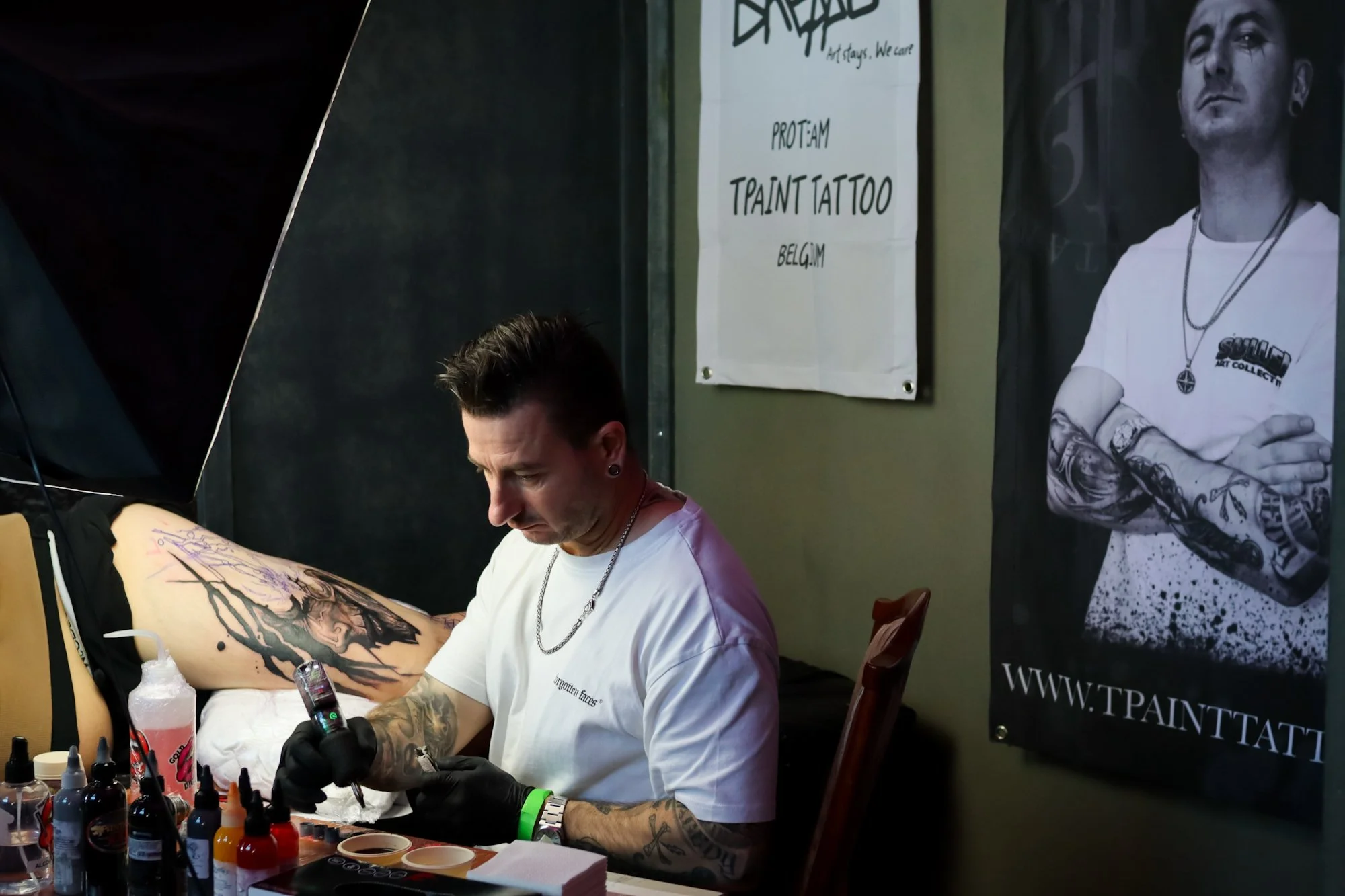
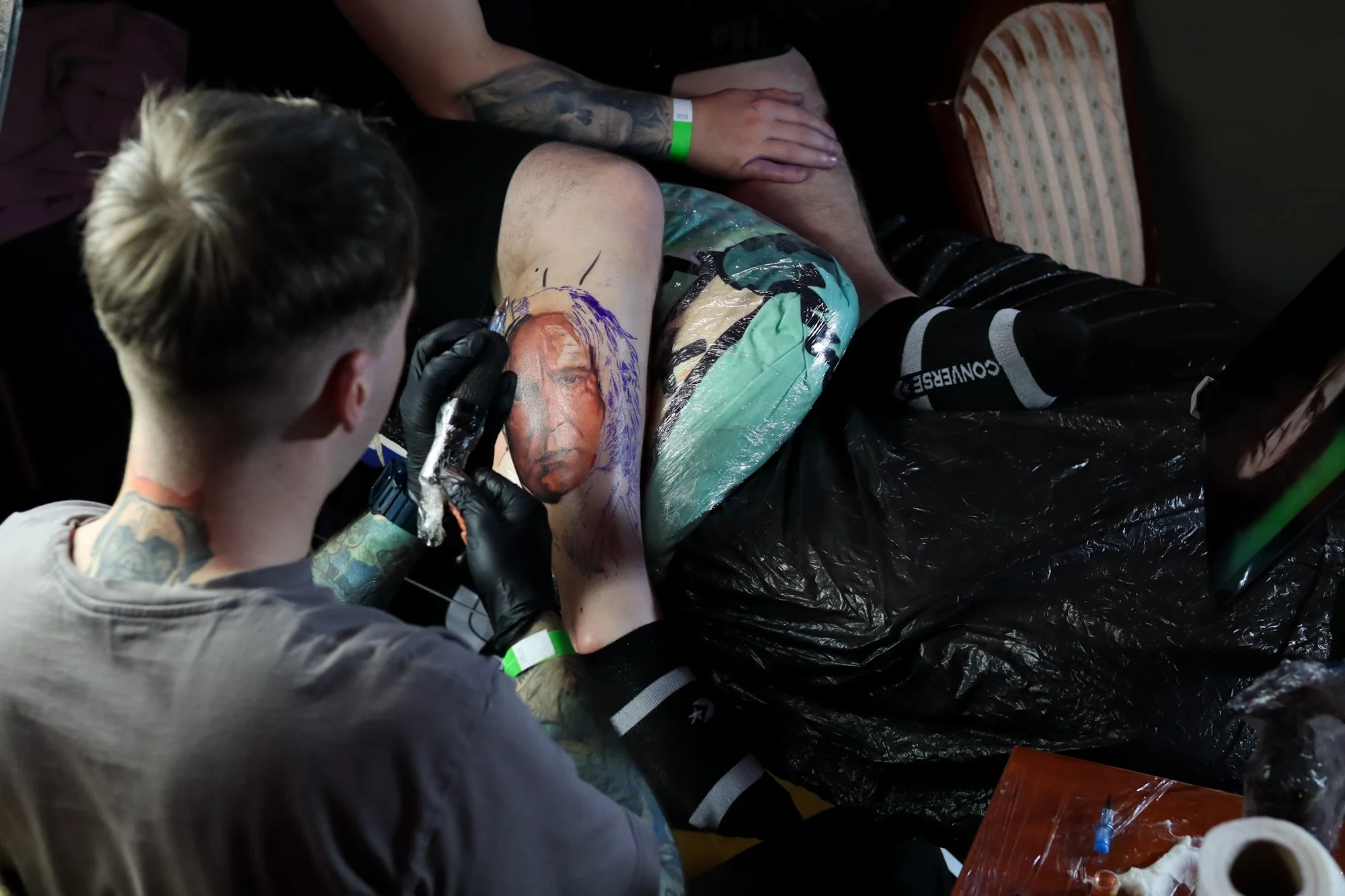

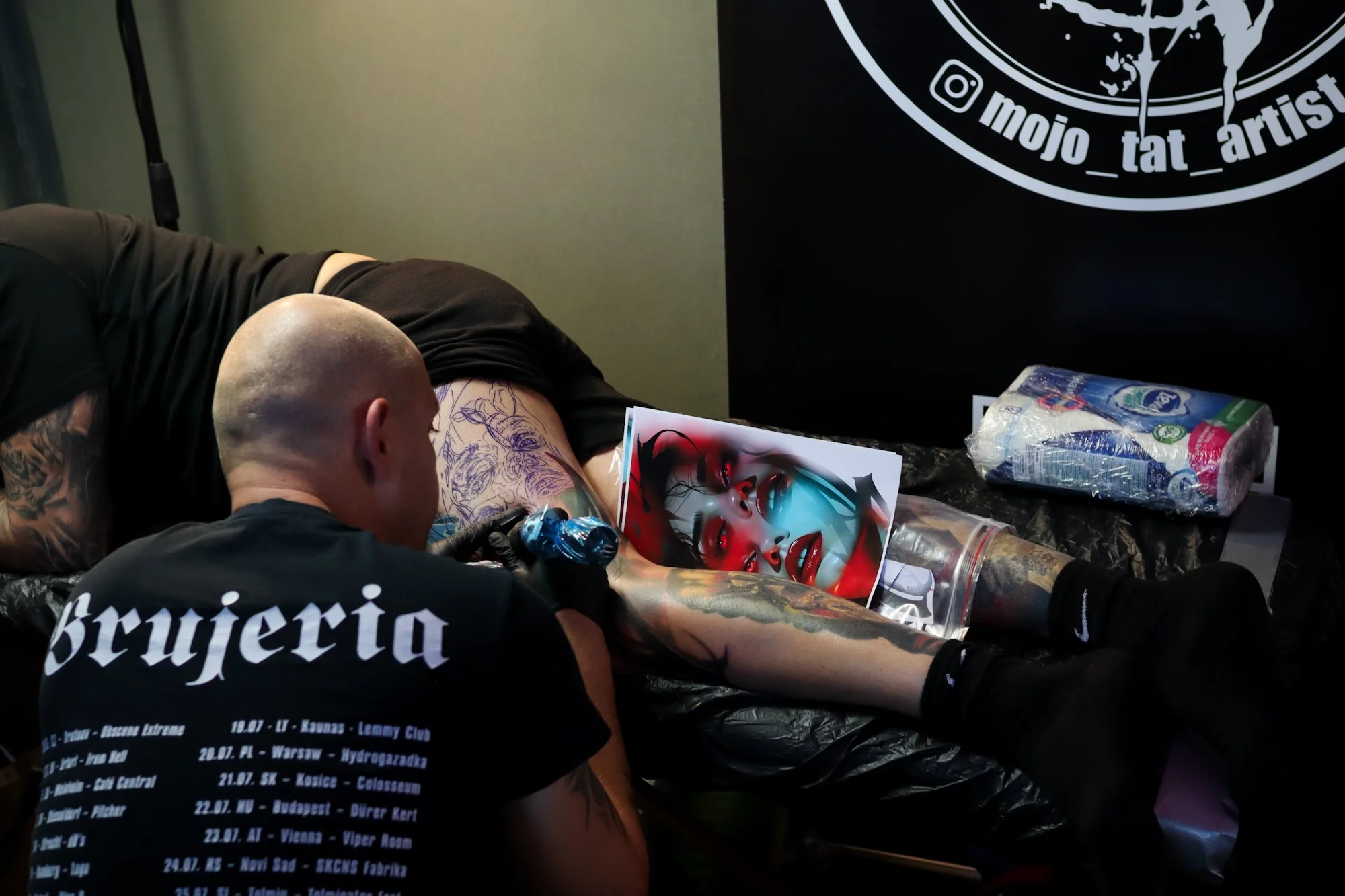

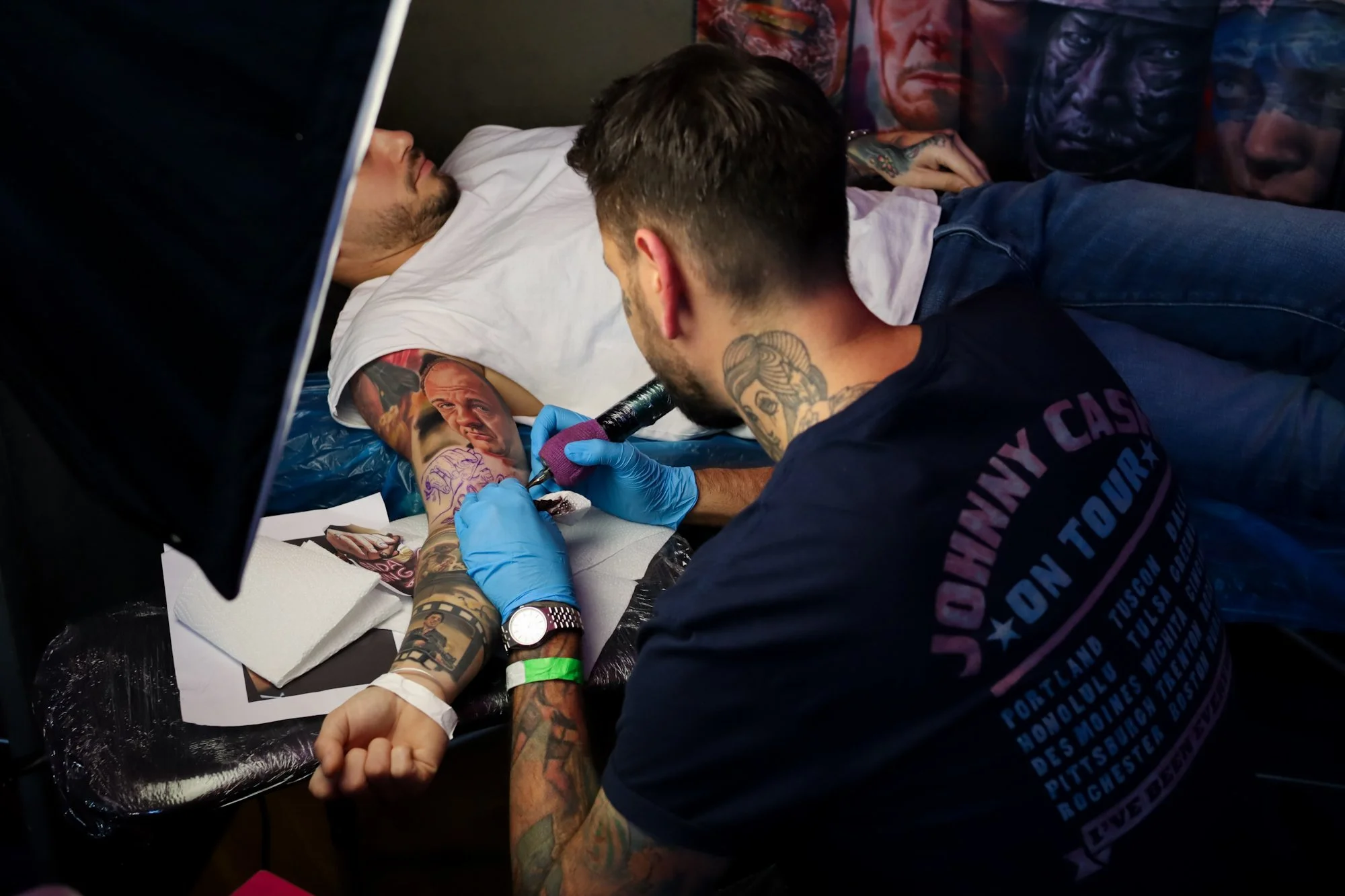


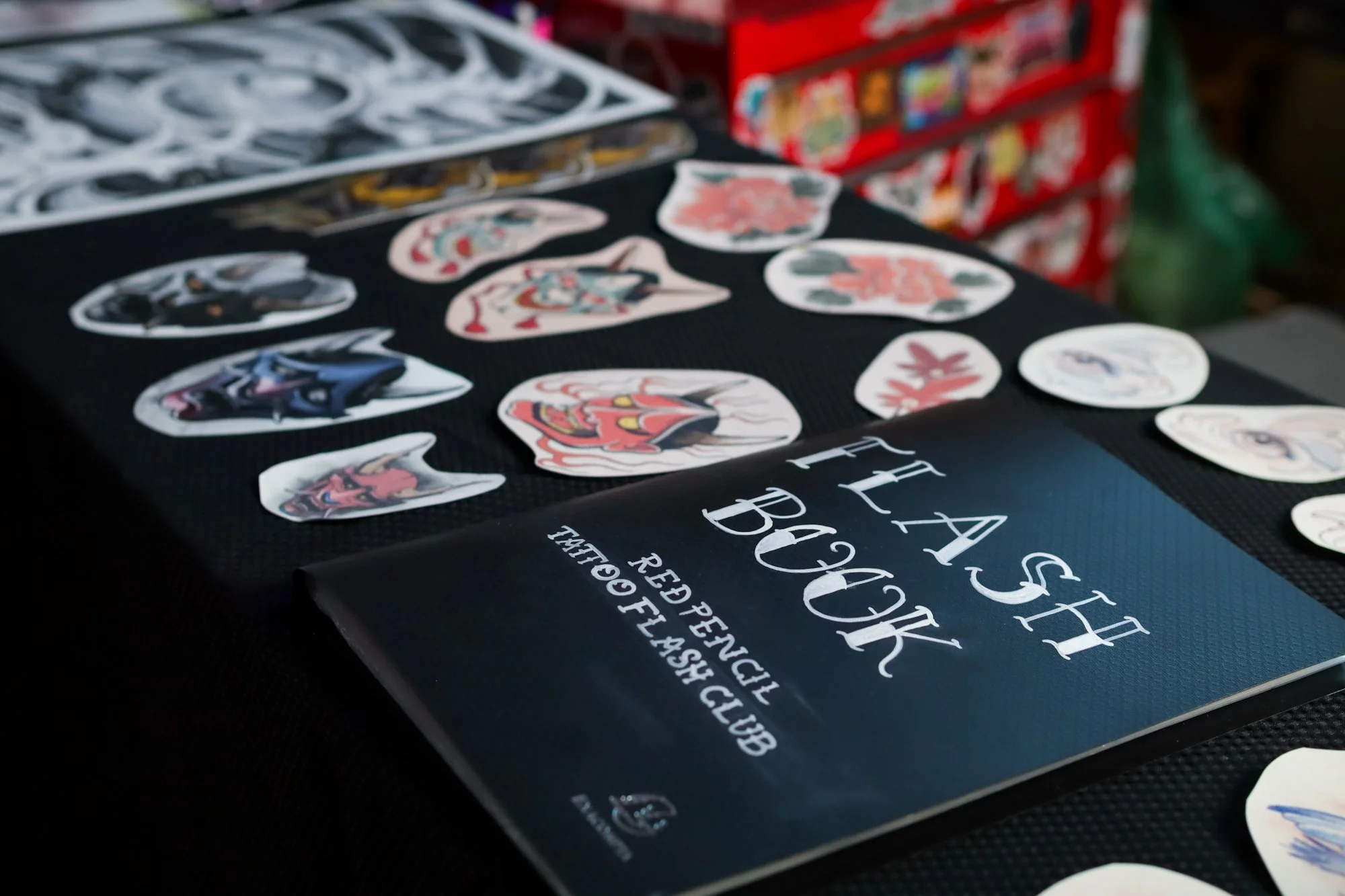
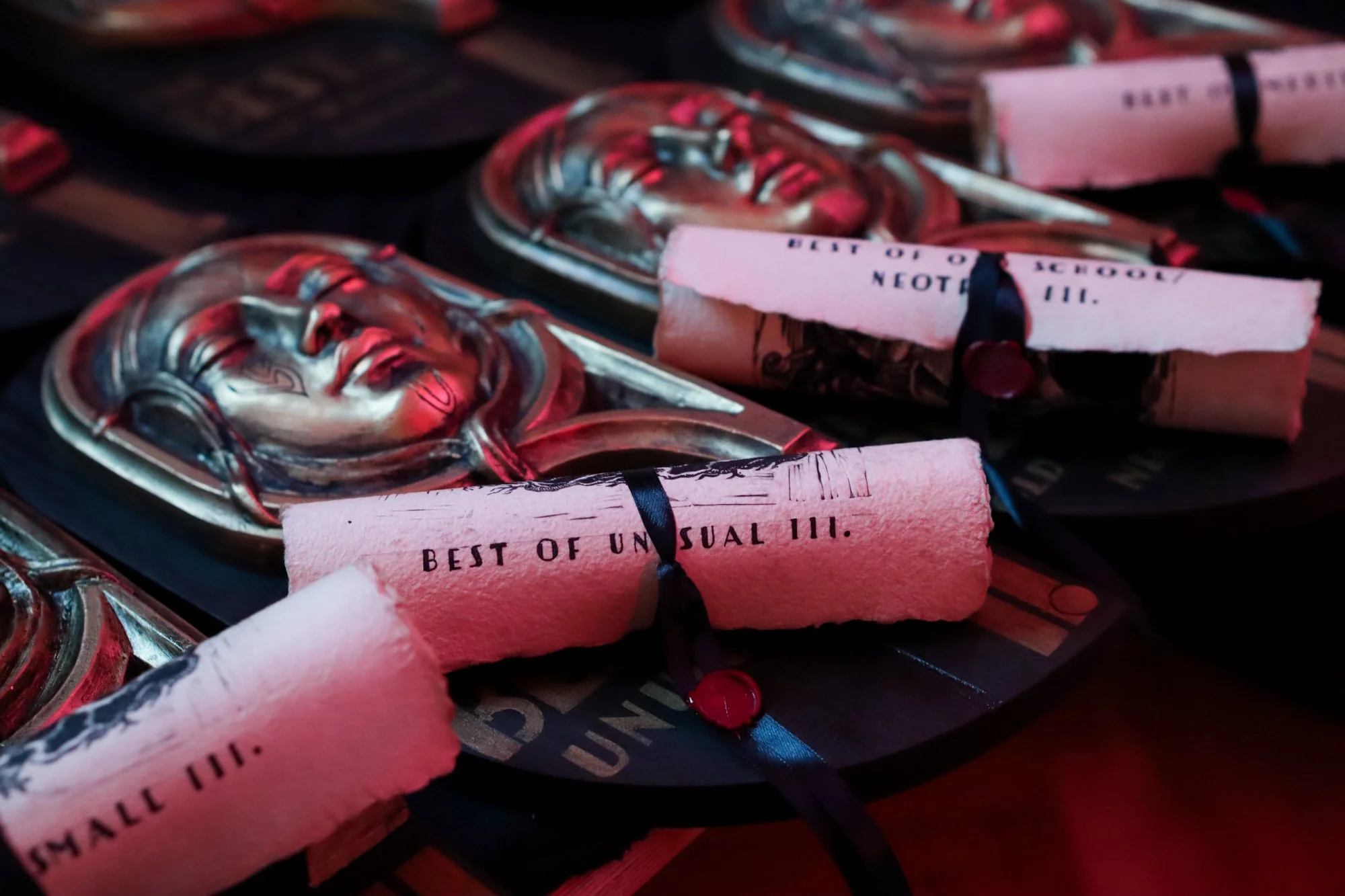

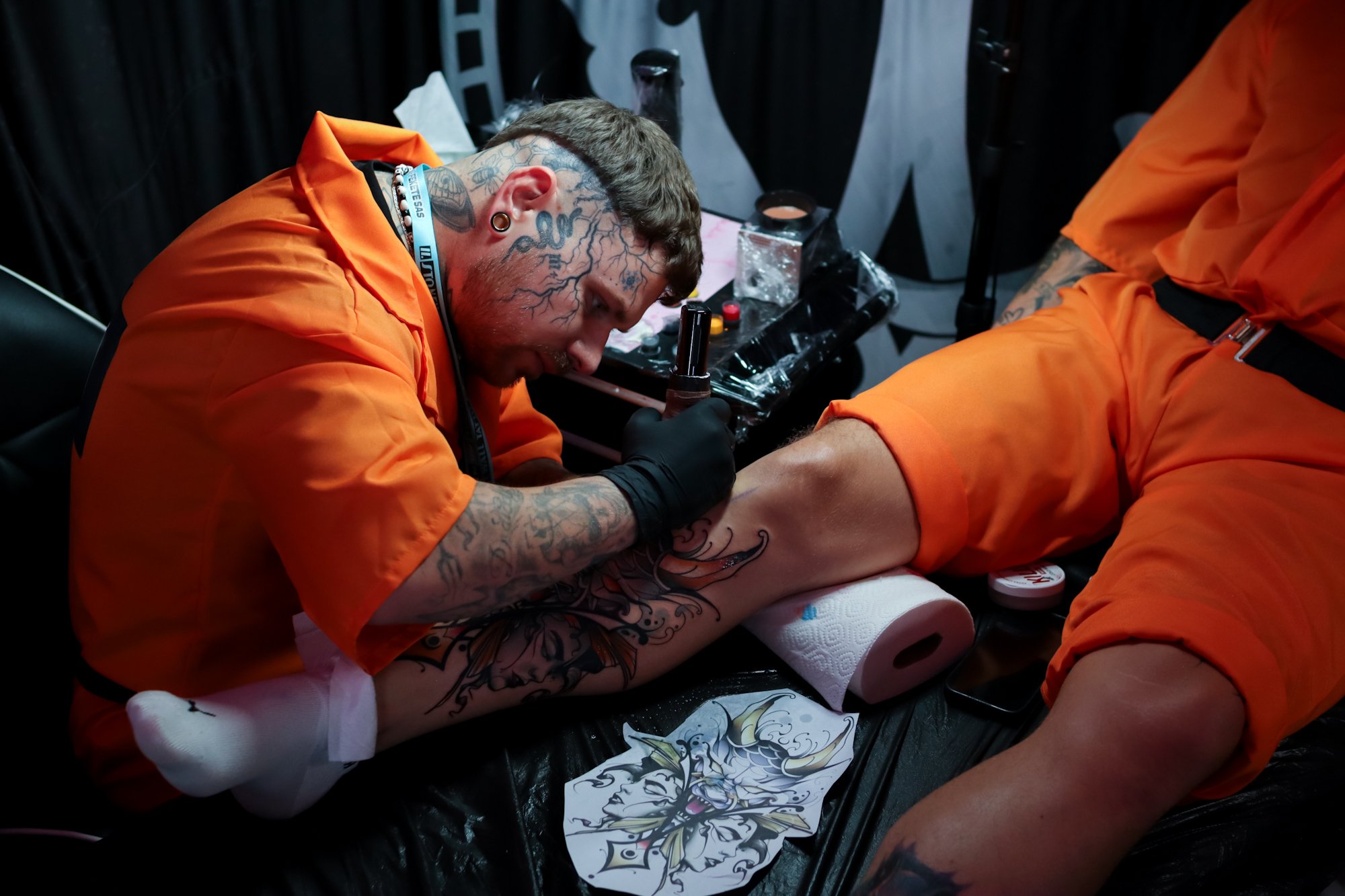


Among the tattooers, the sense of community and respect was palpable. For many, the event offered a rare opportunity to meet offline, exchange ideas, and measure their work against peers of equally high caliber. Márk Orosz from Dabas, who has been tattooing for eight years and specializes in realistic designs, attended Stonewall for the first time after hearing about it from a Hungarian colleague he met at a tattoo expo in Brugge, Belgium. “The venue and programs are of such high quality,” he said. “I’d gladly return next year.”
Returning artists also noticed progress. Mátyás Kiss from Győr, who attended both editions, highlighted the professional organization and high standard of work. During the weekend, he collaborated with Gergő Schreiner on a large backpiece that won third place in the Best of Large category. Norbert Pintér from Sopron, who spent Saturday tattooing and Sunday socializing, emphasized how important Stonewall has become for the tattoo community. “It’s a much-needed, gap-filling event,” he said.
Hubi Bíró from Szeged, a veteran artist with more than thirty years of experience, praised both the initiative and the caliber of the participants. “The artists here are the crème de la crème of the Hungarian tattoo scene,” he said. “Visitors can only encounter exceptional work. Many of these tattooers are also painters or graphic artists, and it’s important for the public to see the level the Hungarian scene has reached. It helps people understand what can be achieved on skin.” He also noted the event’s regional importance, adding that Hungary has long lacked a professional tattoo gathering of this standard, especially in the southern part of the country.
The international presence further elevated the event. Belgian tattoo artist Tom Van Oevelen attended for the first time as both an exhibitor and seminar host. “It’s my first time in Hungary, and I’m happy to be here,” he said. “Stonewall may be smaller compared to big international conventions, but that’s what makes it so pleasant. The venue is amazing, and the quality of the artists’ work is exceptionally high. Hungarian tattooists deserve to be known in Belgium, the Netherlands, and Germany, for example.” Van Oevelen’s seminar on color saturation and technique, held the day after the convention, was part of the event’s growing professional dimension.

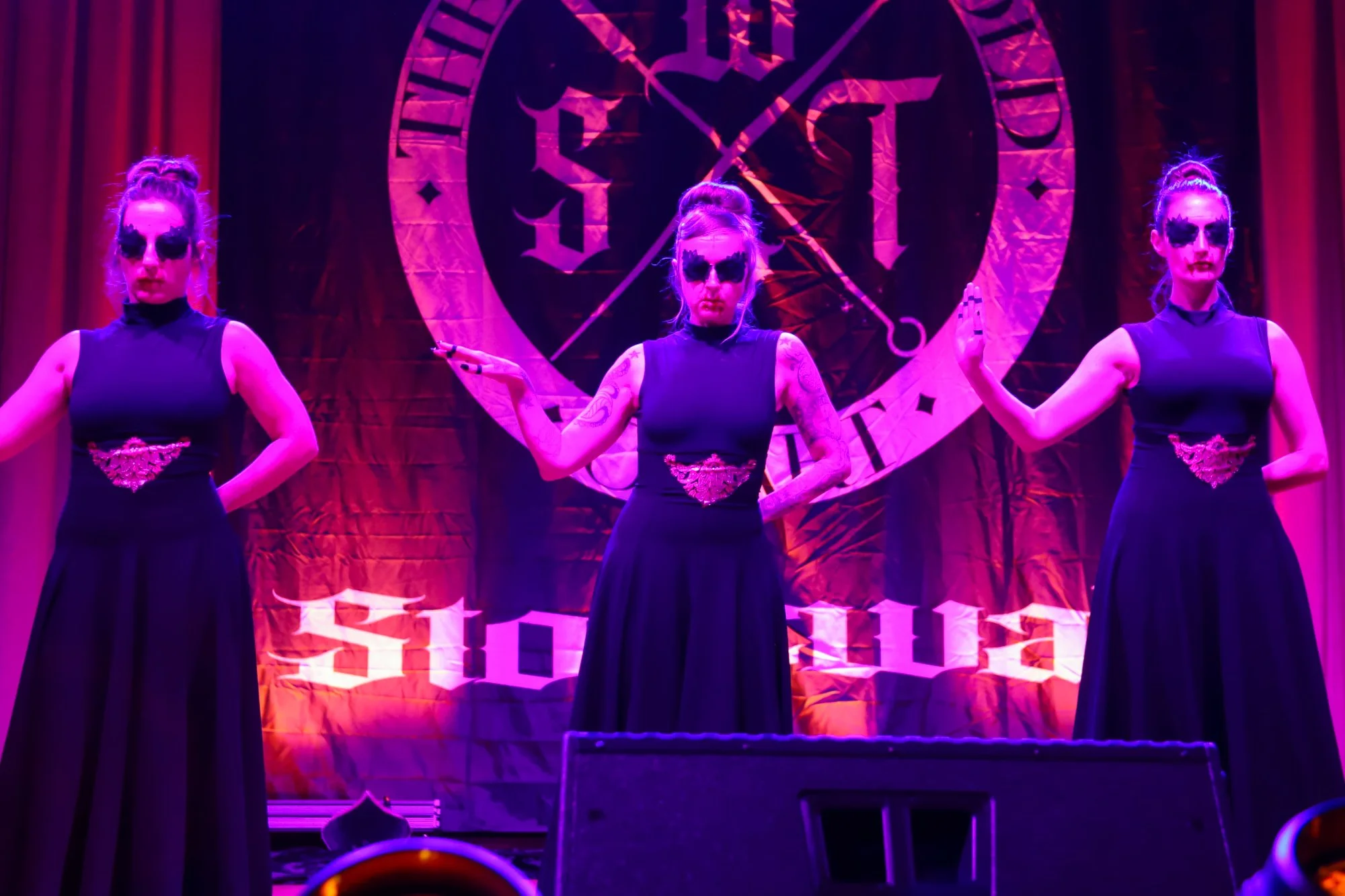

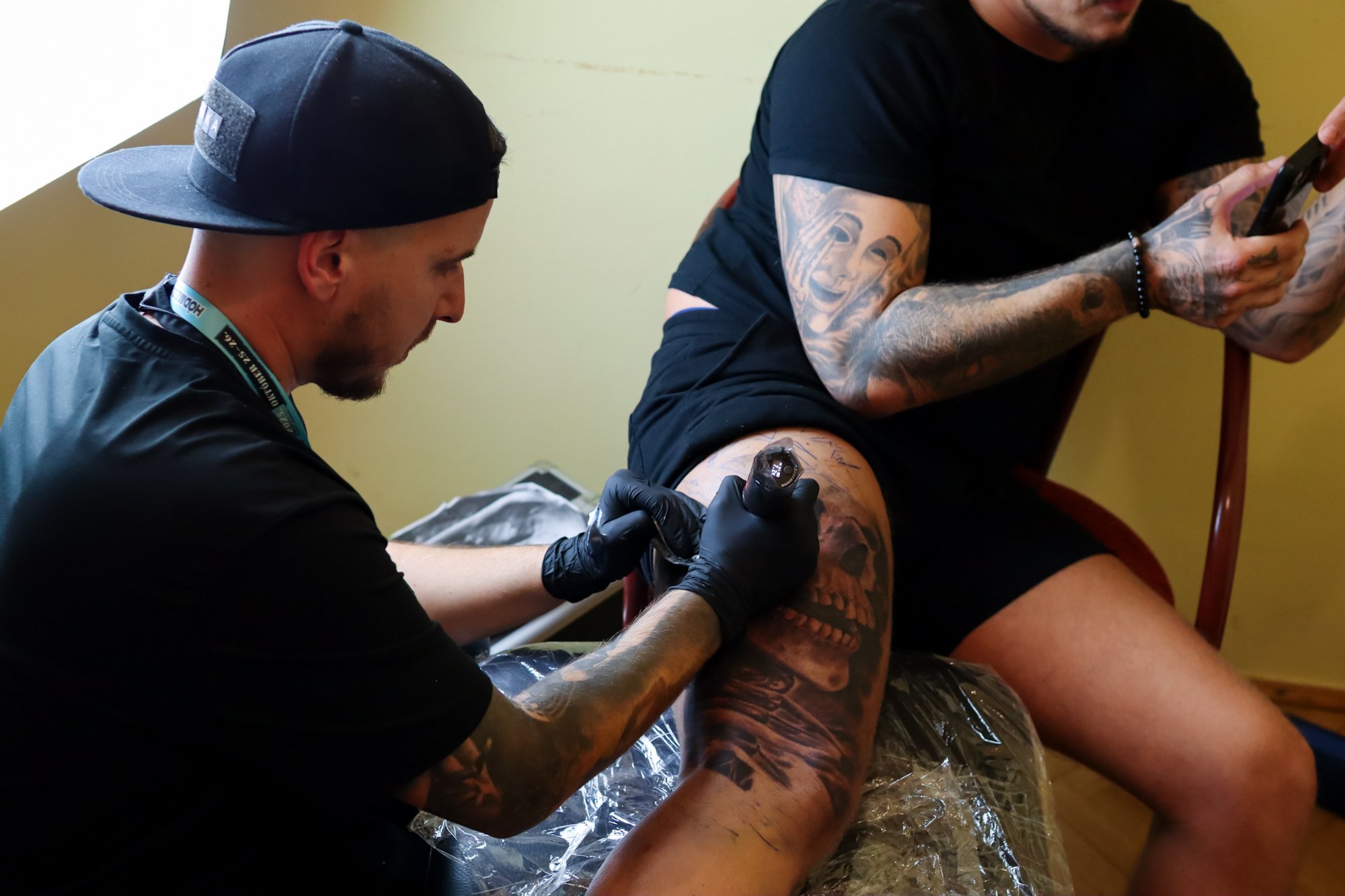


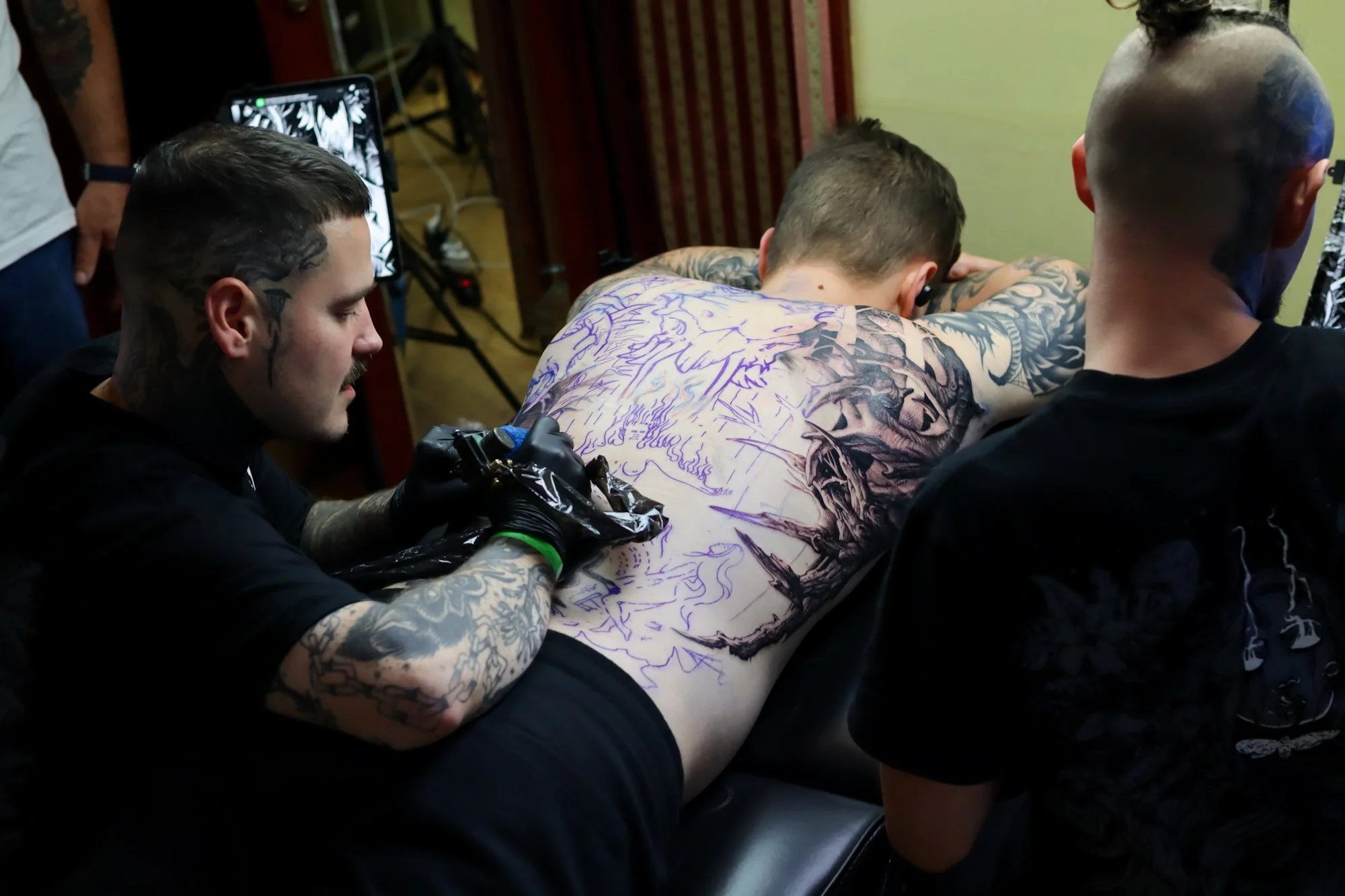

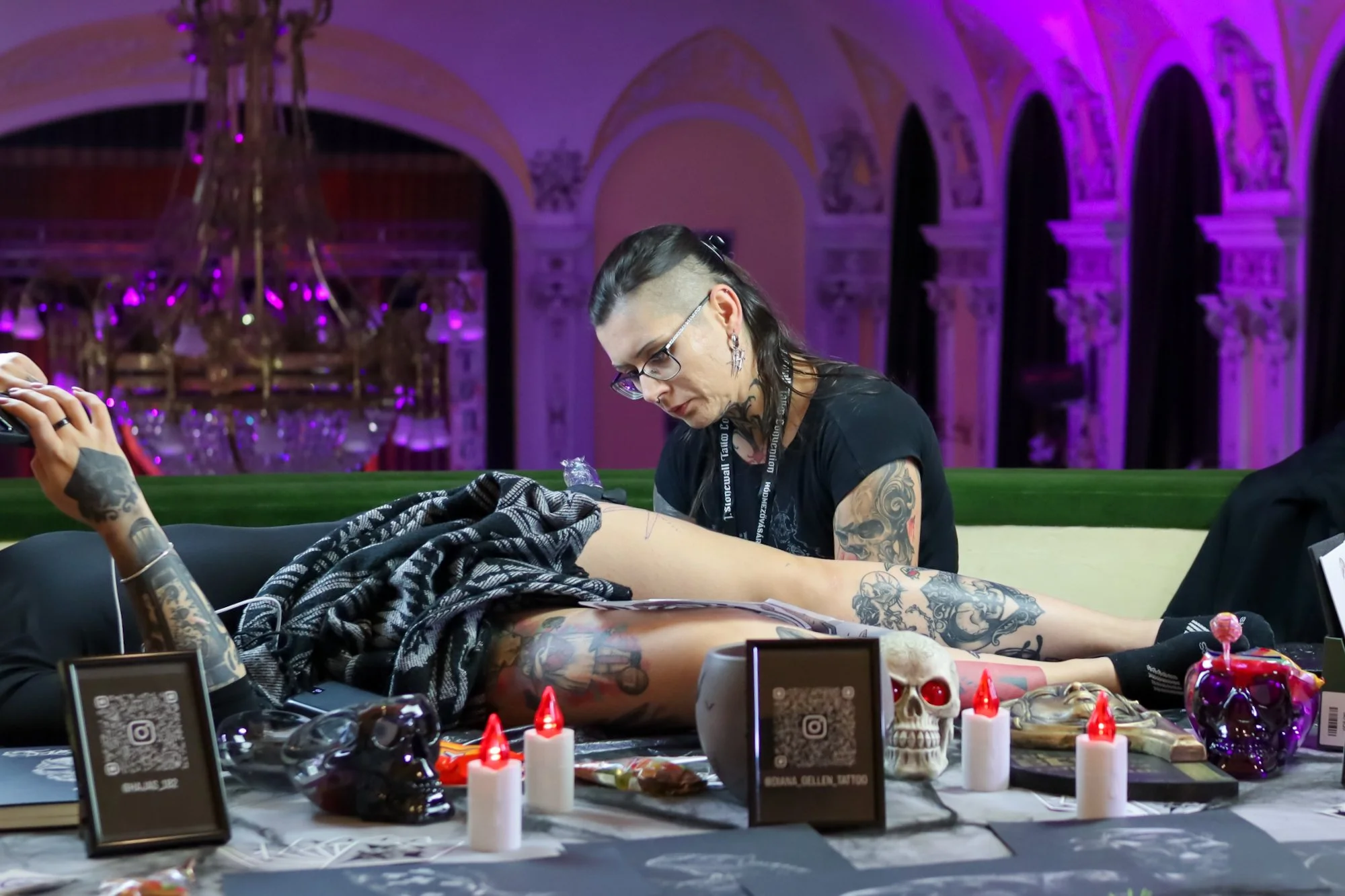


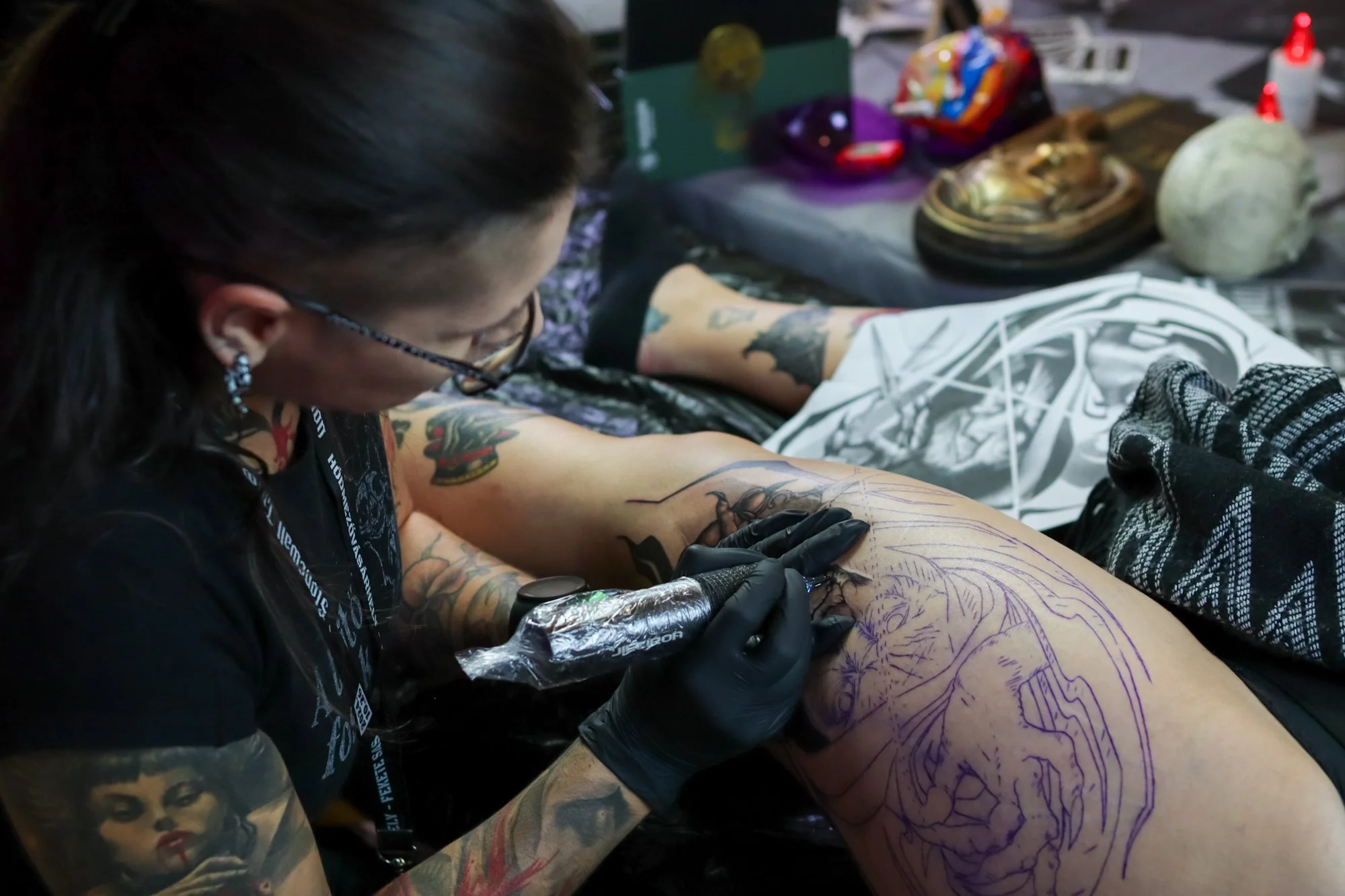


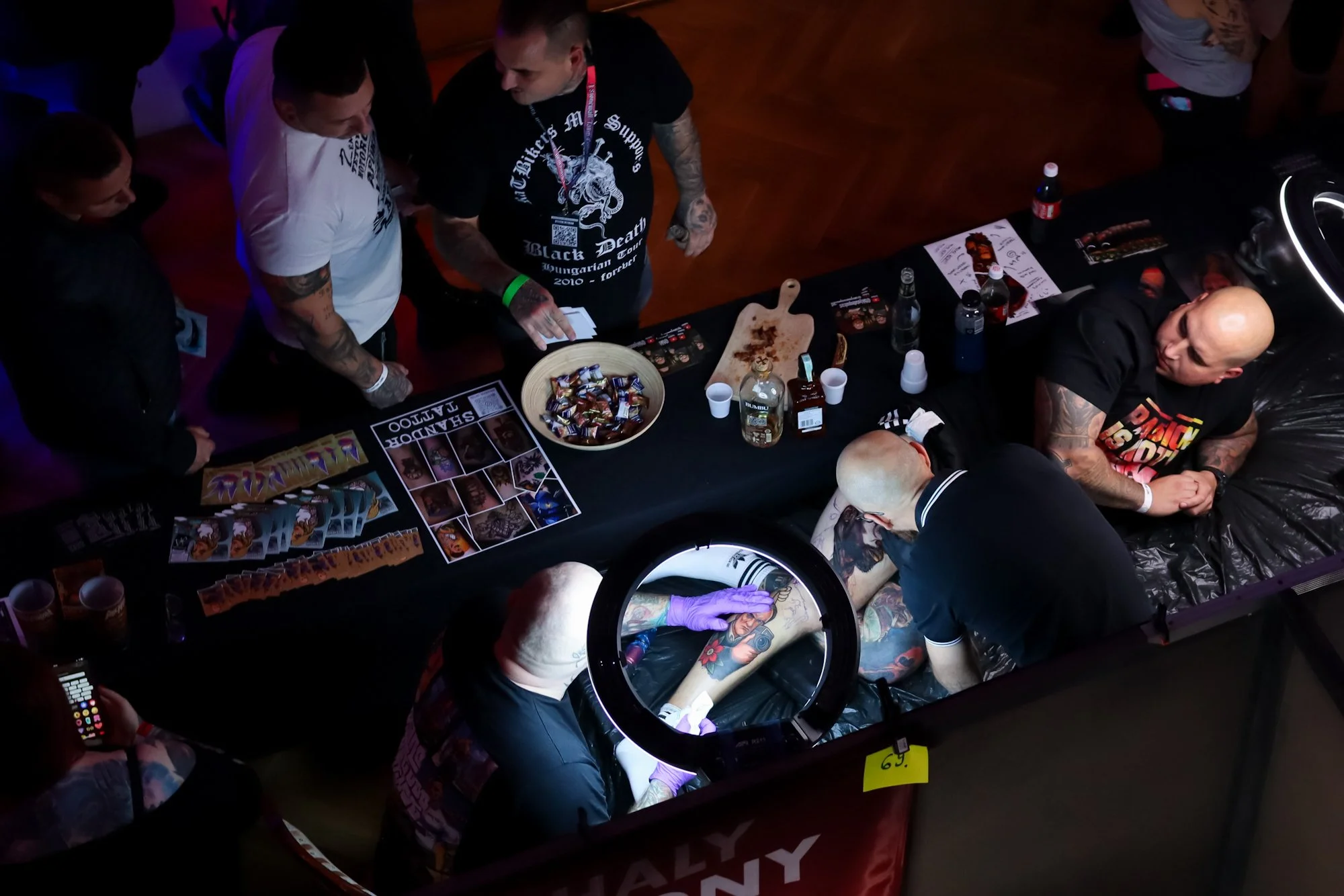
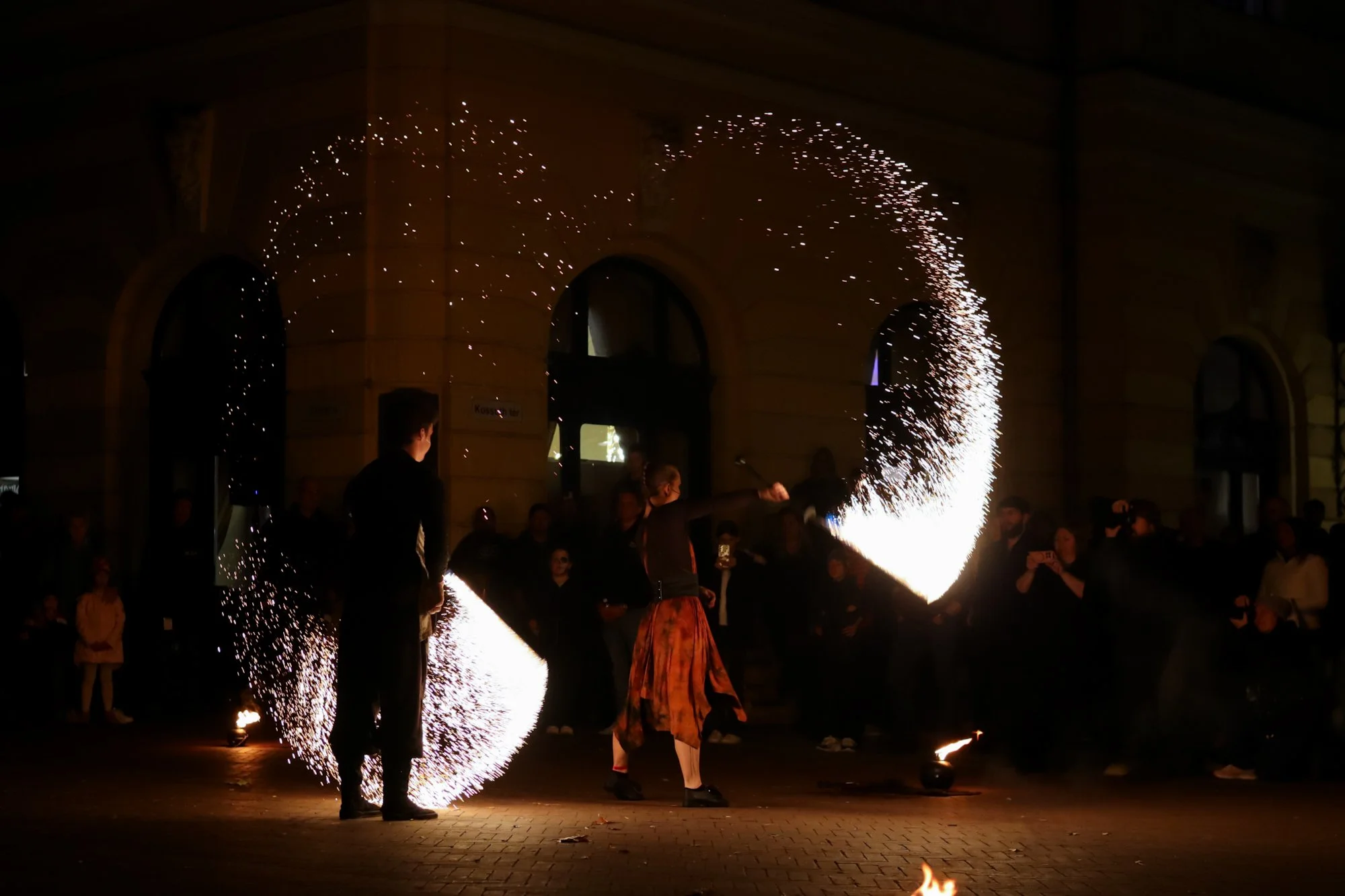
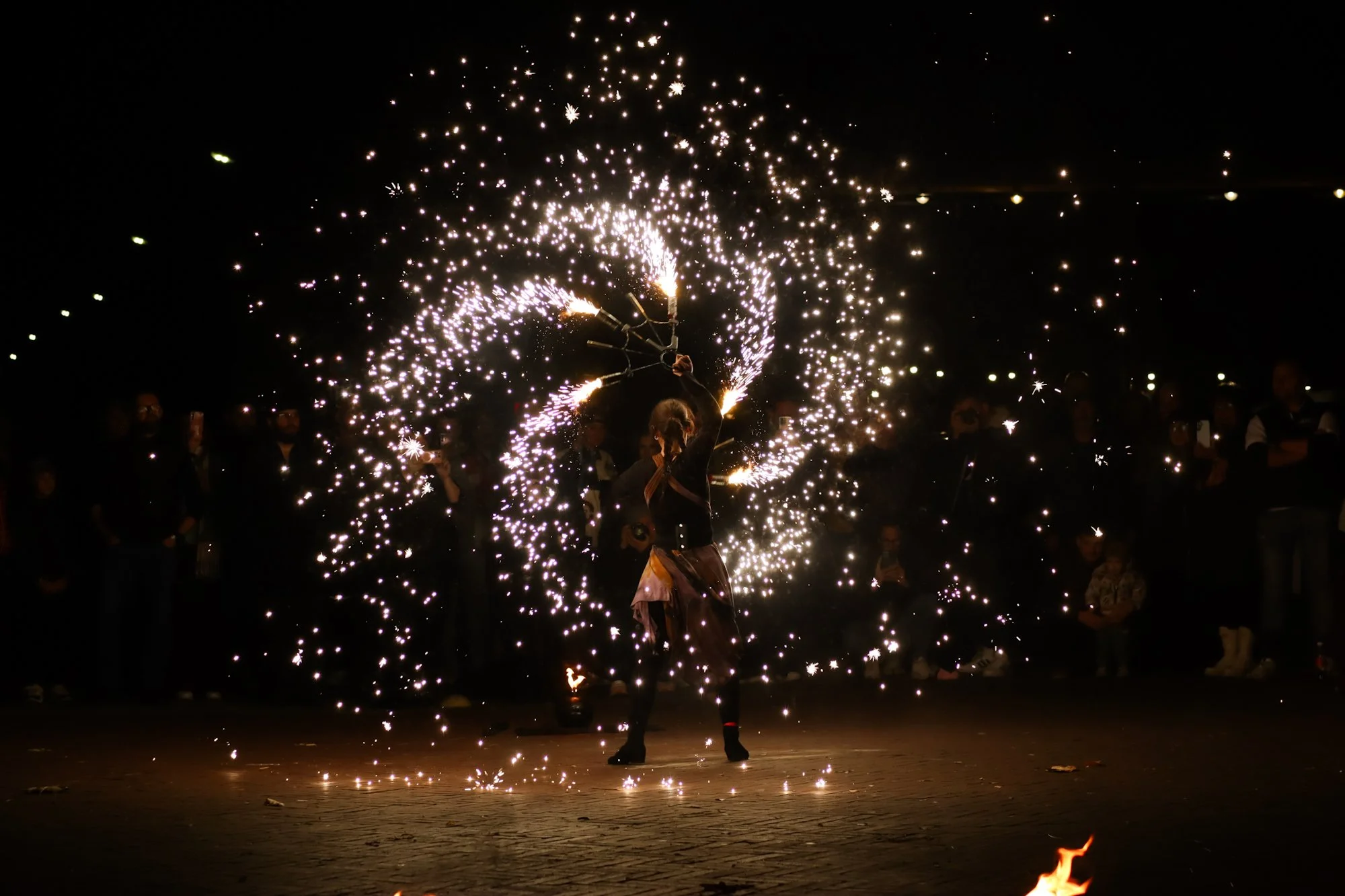

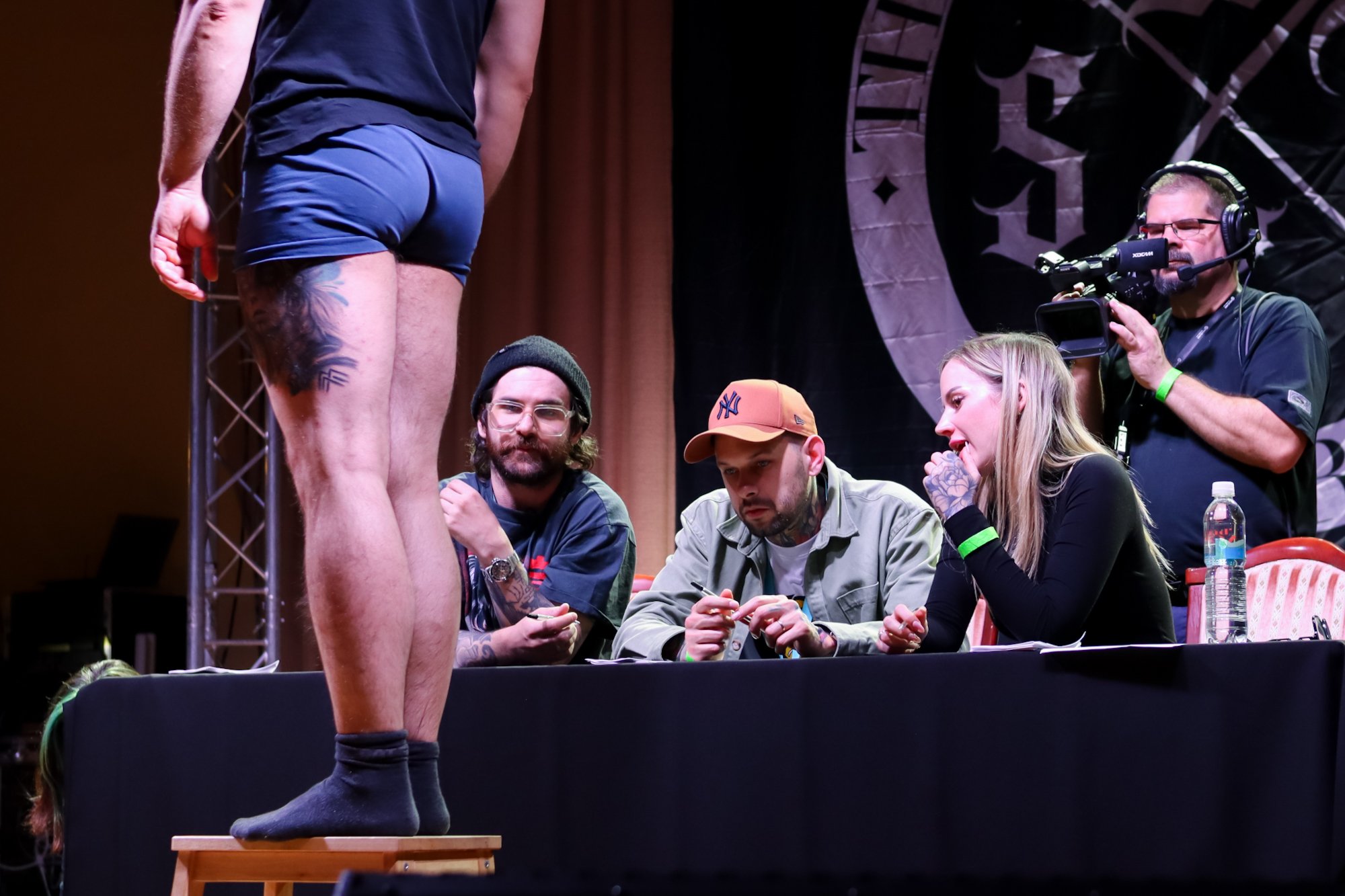
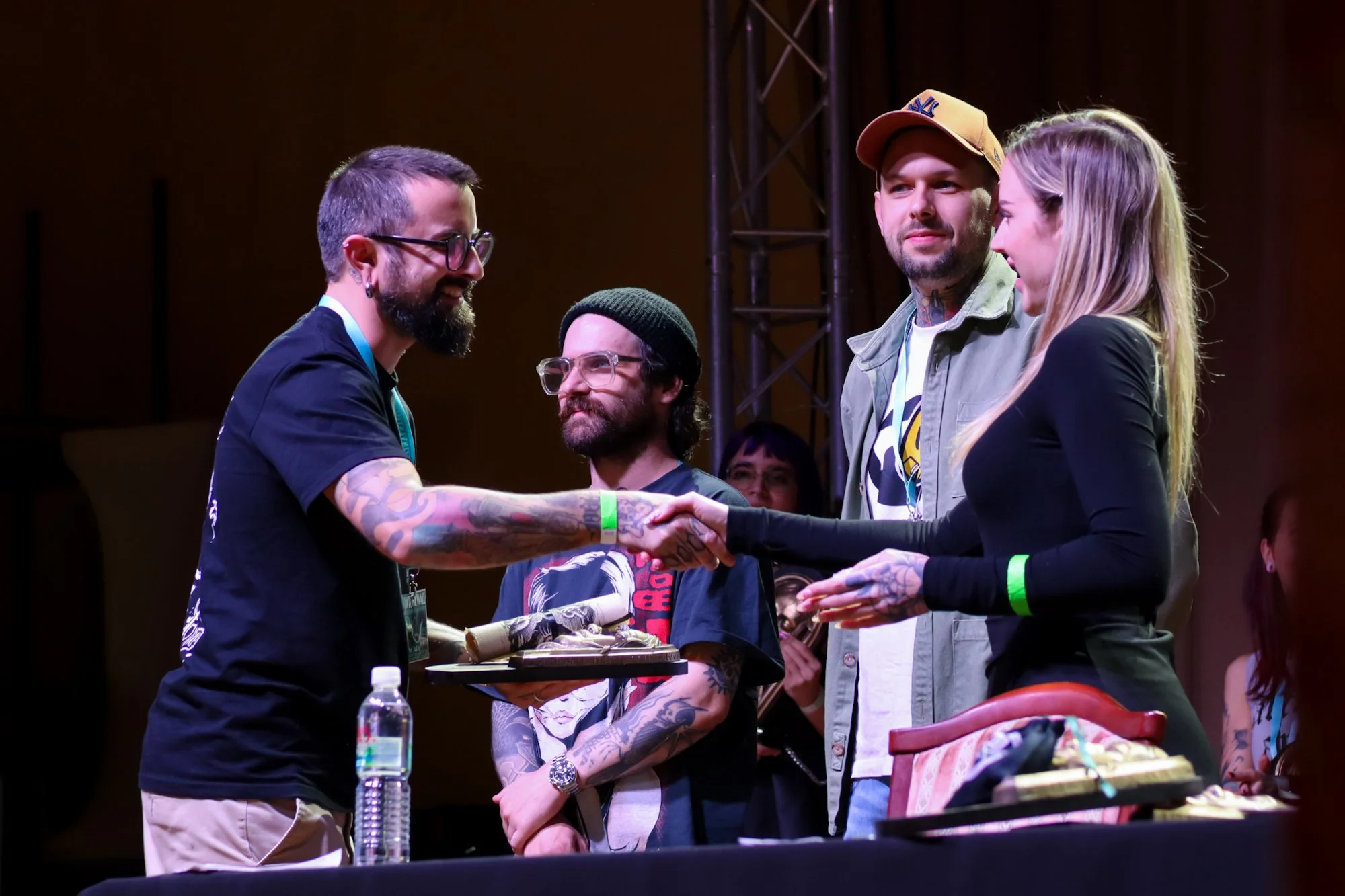

This year’s entertainment lineup also reinforced the idea that Stonewall is about more than ink. The French dance trio Trium Parcae brought their mesmerizing dark fusion belly dance performances to the stage, while the Magic Poledance team returned with new routines. The suspension show (18+) was again part of the program, adding an extreme performance element that’s definitely not for everyone. Outdoors, visitors enjoyed free programs ranging from vintage car displays to the Trial Bike Szeged team’s demonstrations, and as night fell, Fire Fantasy Szeged lit up the square with a spectacular fire-juggling show.
Live music added to the atmosphere, from Saturday’s metal and core-grind bands to Sunday’s local death metal, providing an energetic backdrop for artists and visitors alike. The Norwegian black metal band Keiser came all the way from Trondheim to play at Stonewall, bringing the raw energy of Norway’s metal scene to Hódmezővásárhely.
For Róbert “Rob” Borbás (Grindesign), one of Hungary’s most acclaimed tattoo artists and a member of this year’s jury, the event carries even broader significance. “Stonewall is a gap-filling convention in Hungary,” he said. “In recent years, there had been almost no events of this caliber in the country, showcasing tattooing as an art form in the classical sense. After seeing the works here, I can say the Hungarian tattoo scene has a very promising future. Even the fresh, young artists’ work was impressive.”
As the second Stonewall Tattoo Convention wrapped up, it was clear that this is more than just a tattoo event – it is a cultural statement. High-quality art, professionalism, entertainment, and community-building all came together under the vaulted ceilings of the Fekete Sas. If the first edition was a bold beginning, the second proved that Stonewall has already become an institution – one that raises awareness, builds bridges, and redefines what a tattoo convention can mean in Hungary.

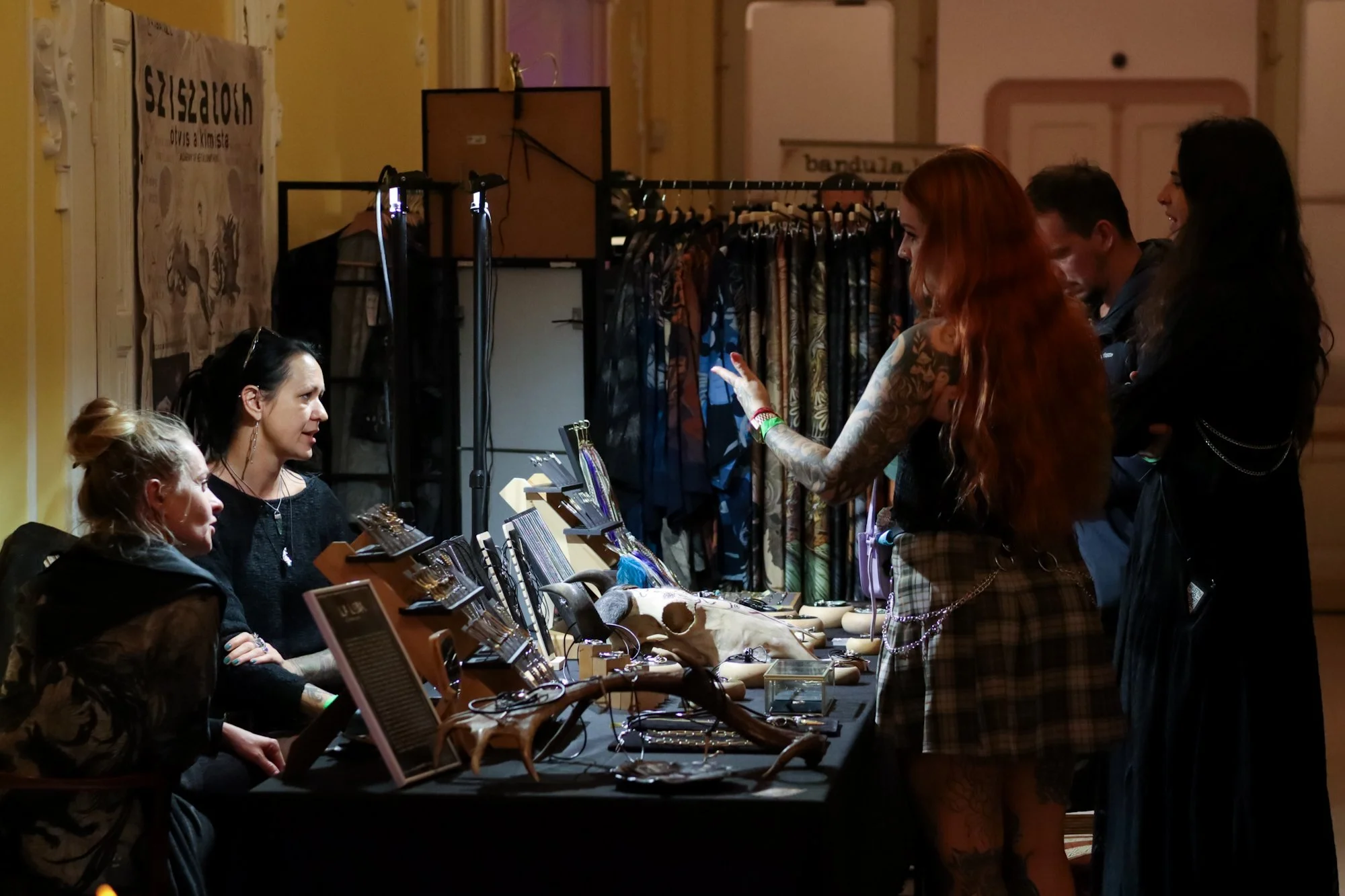
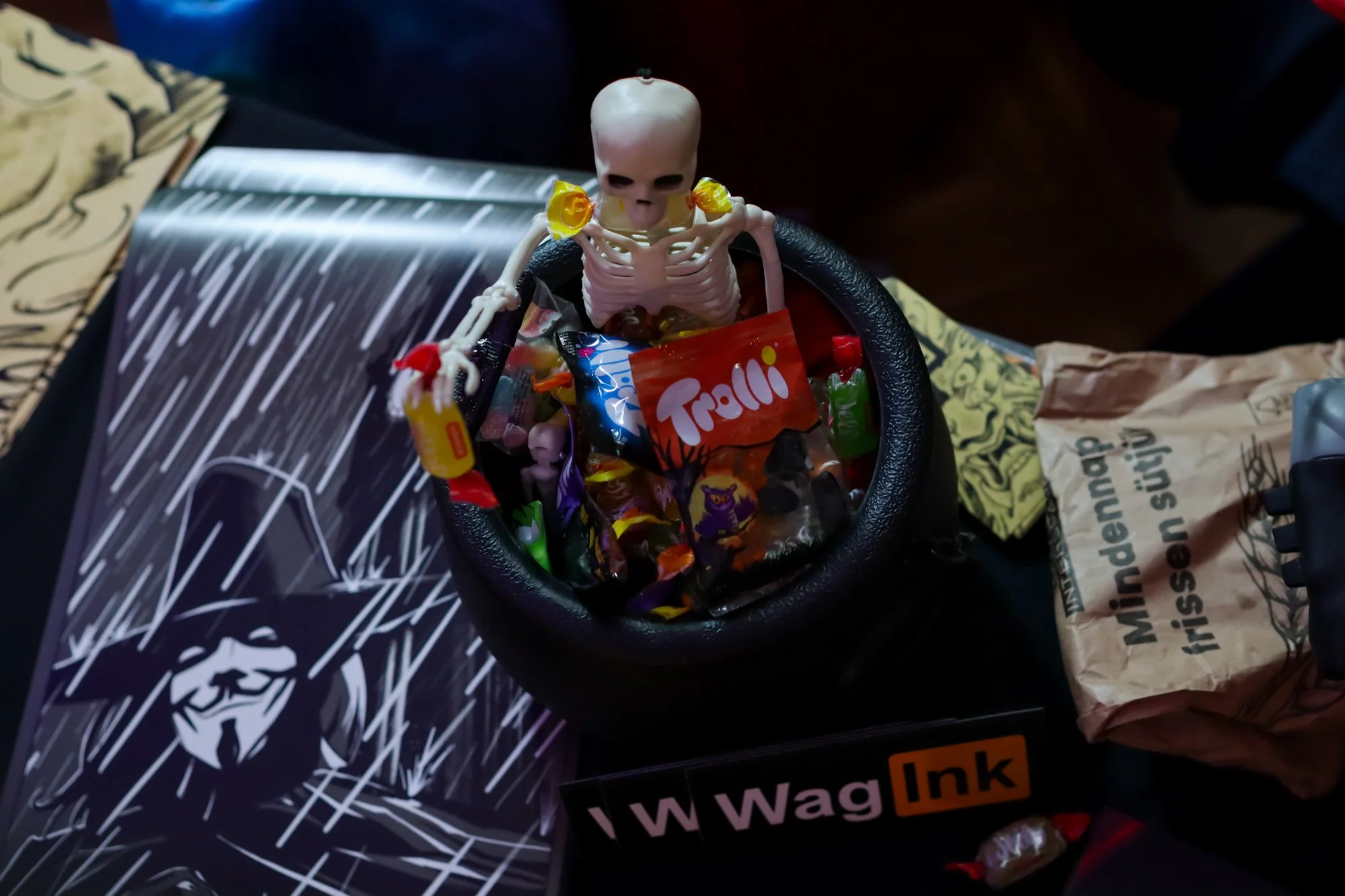
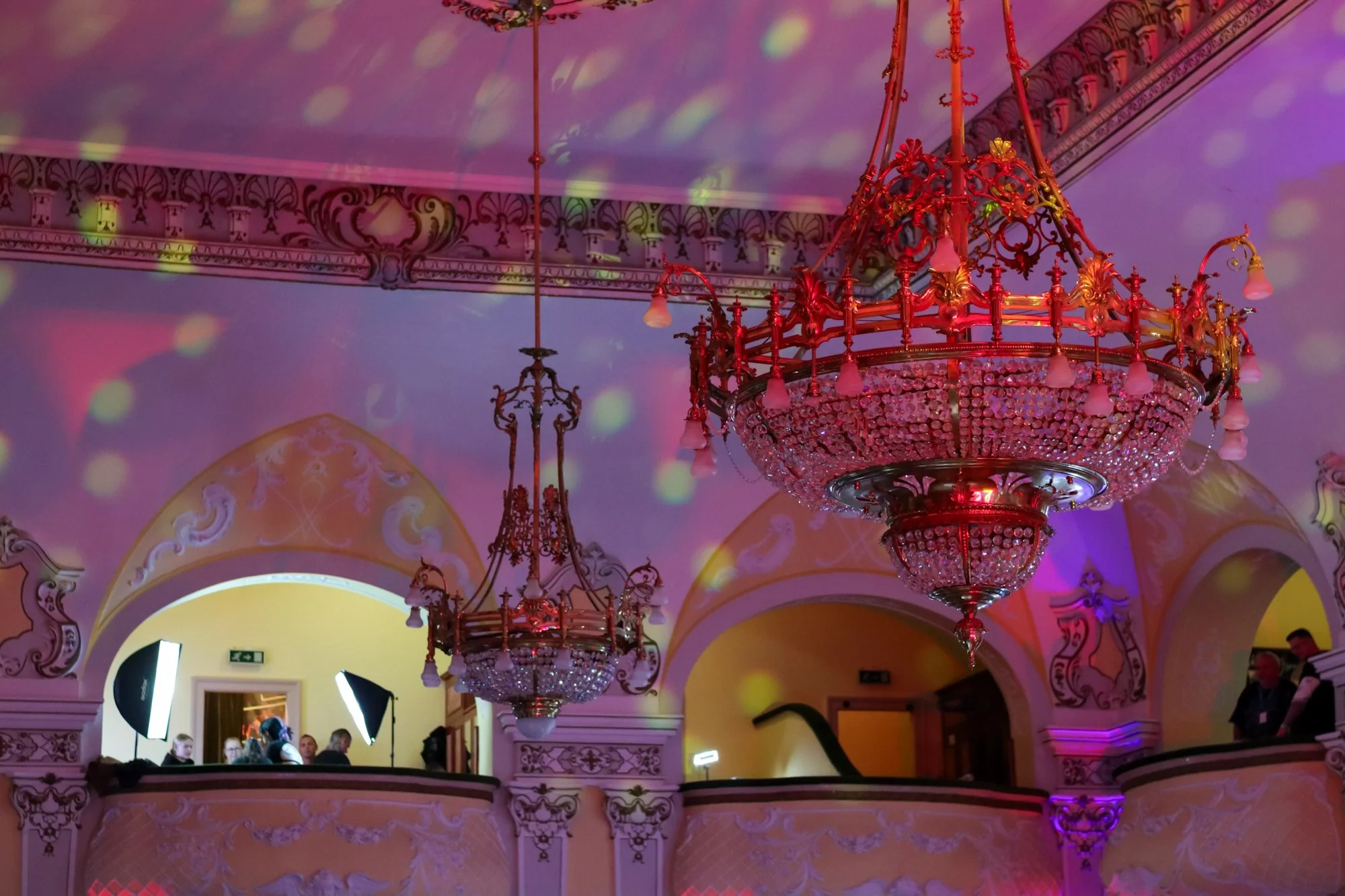
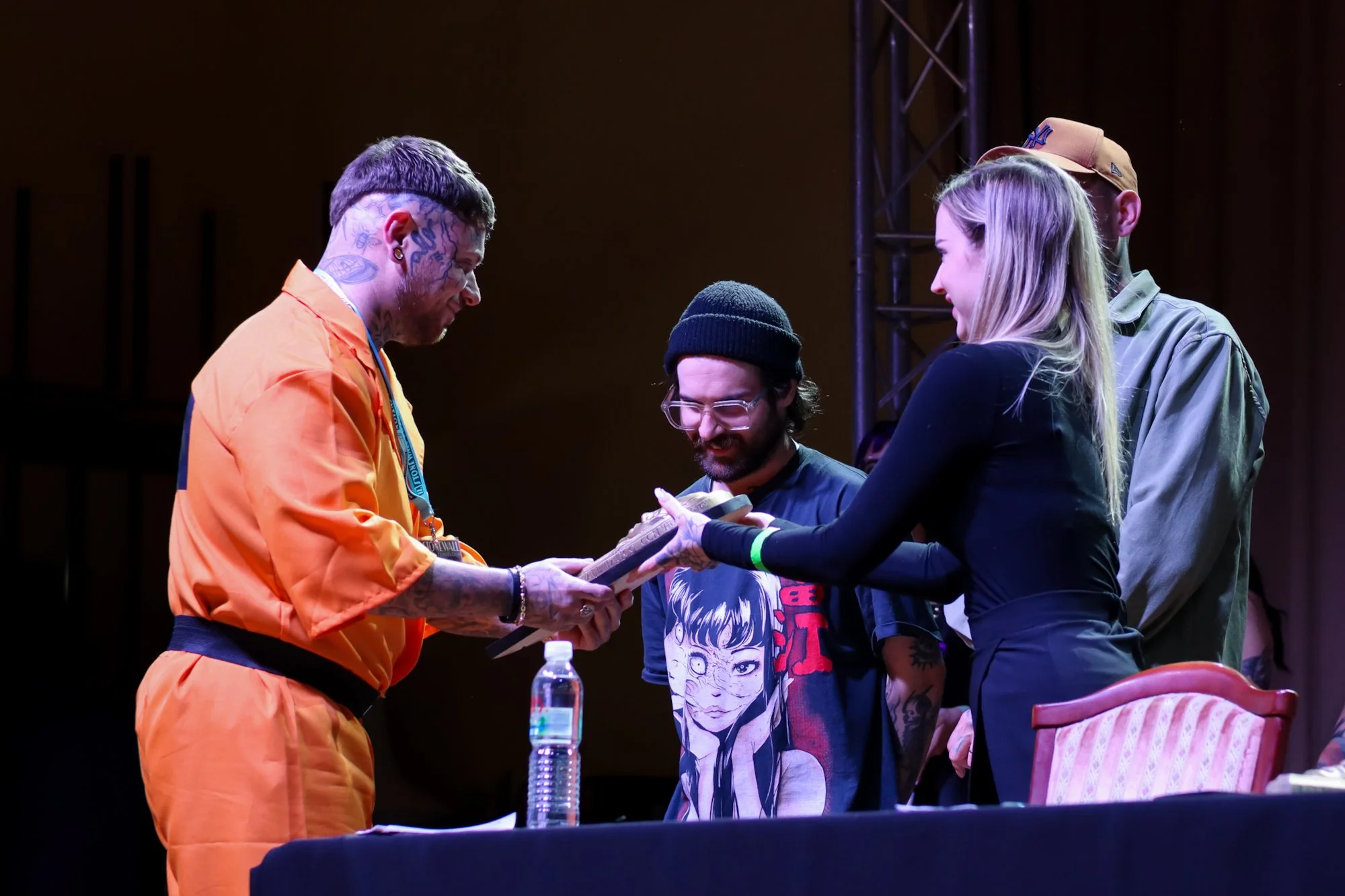


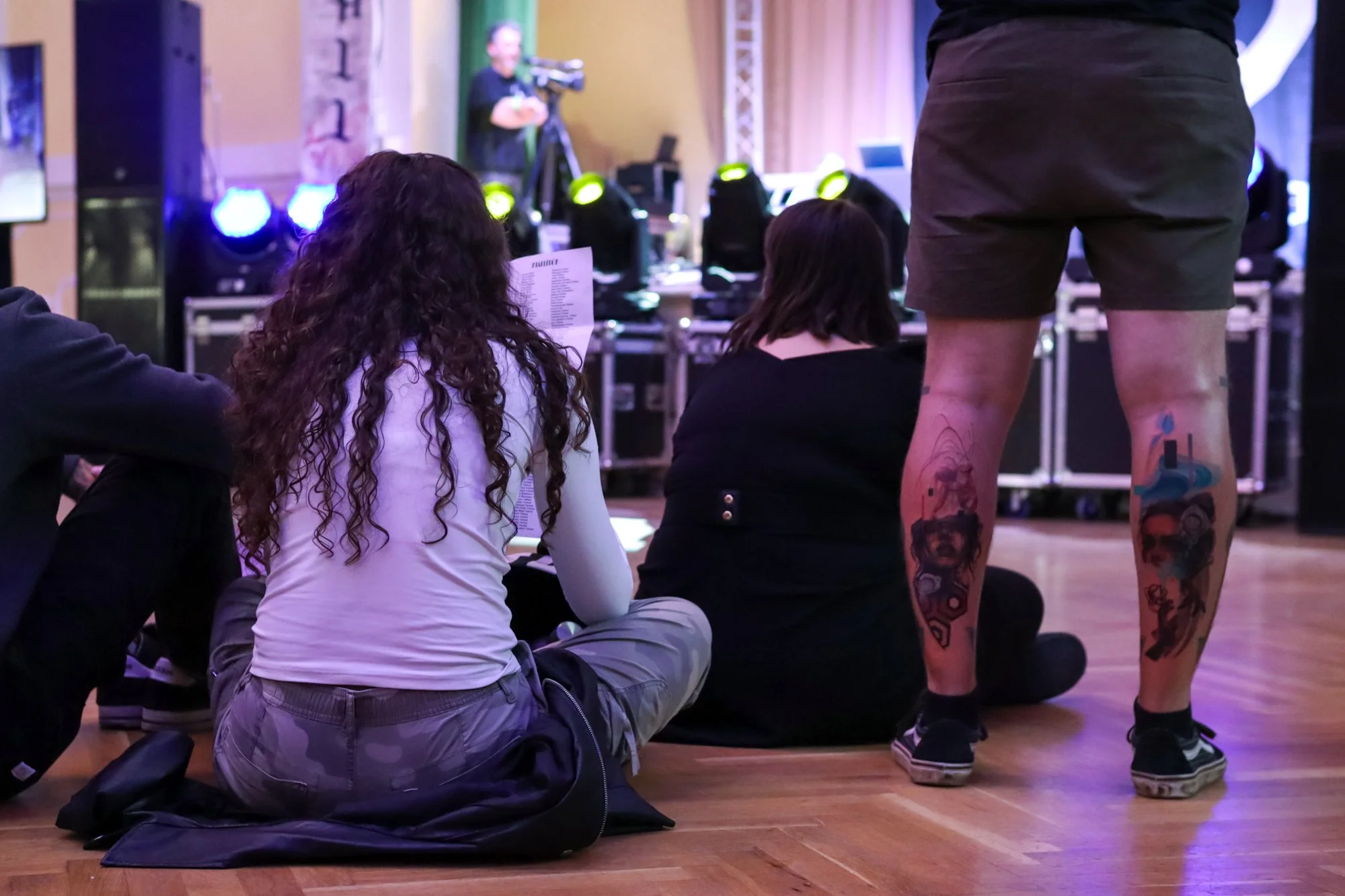

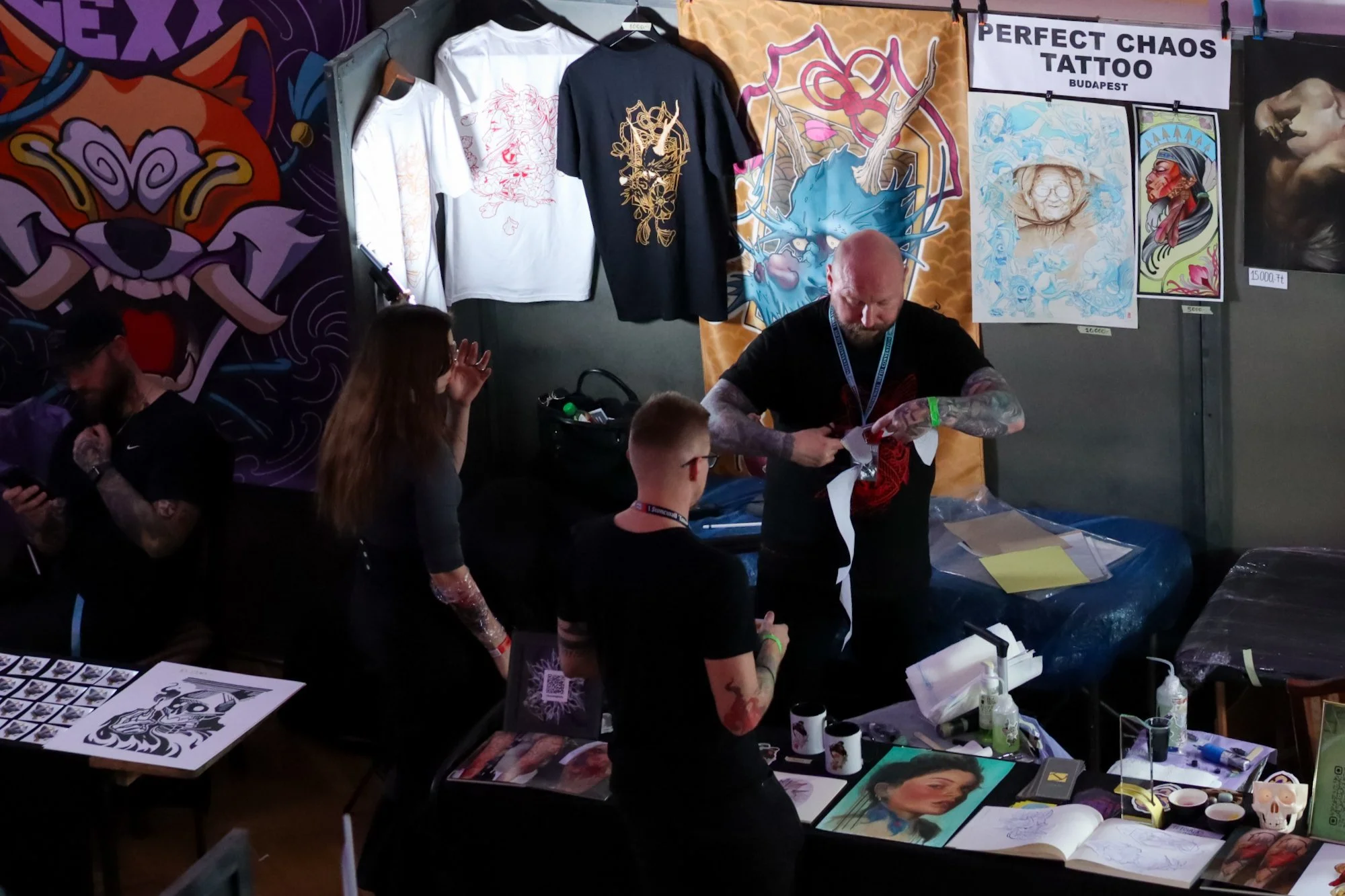
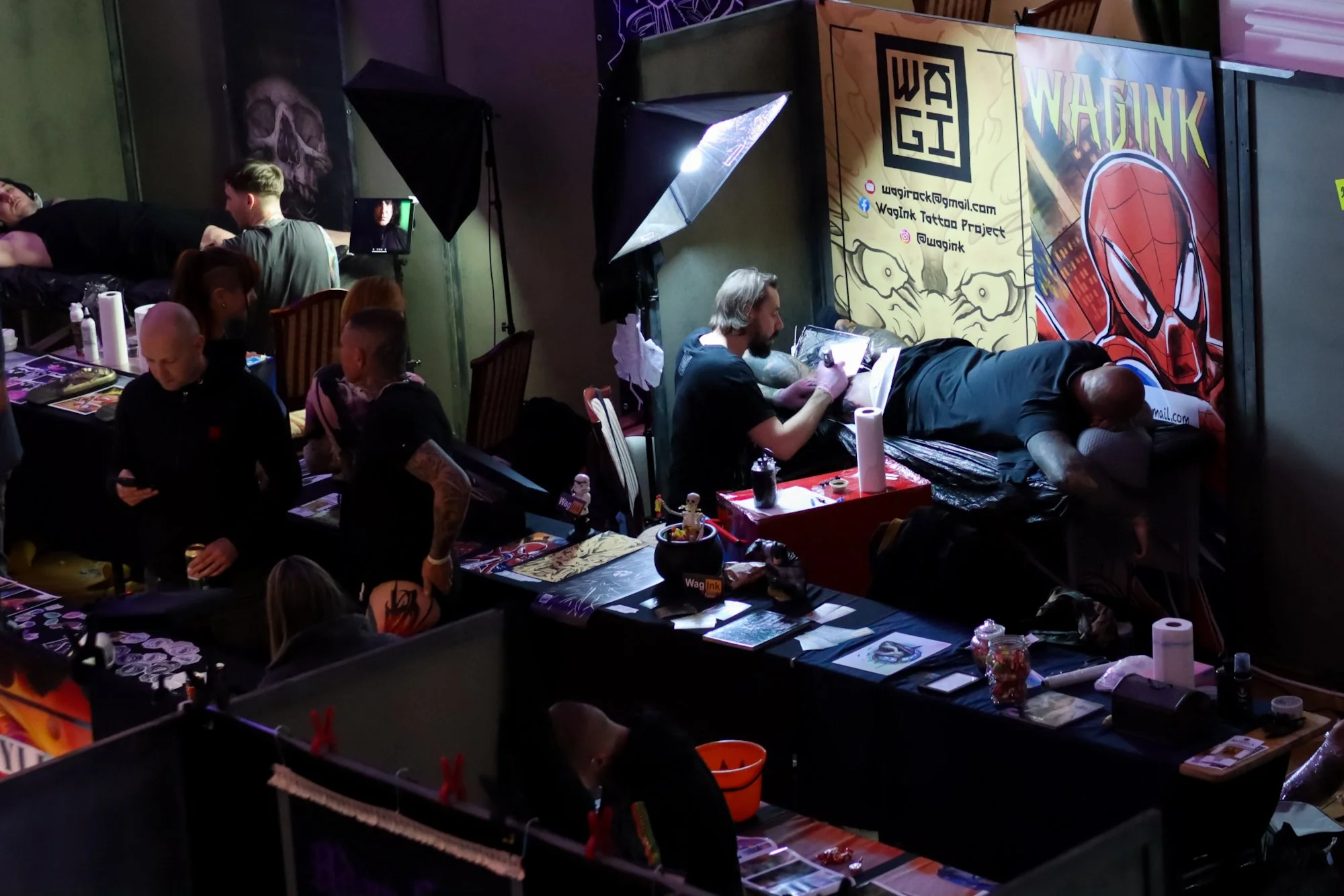
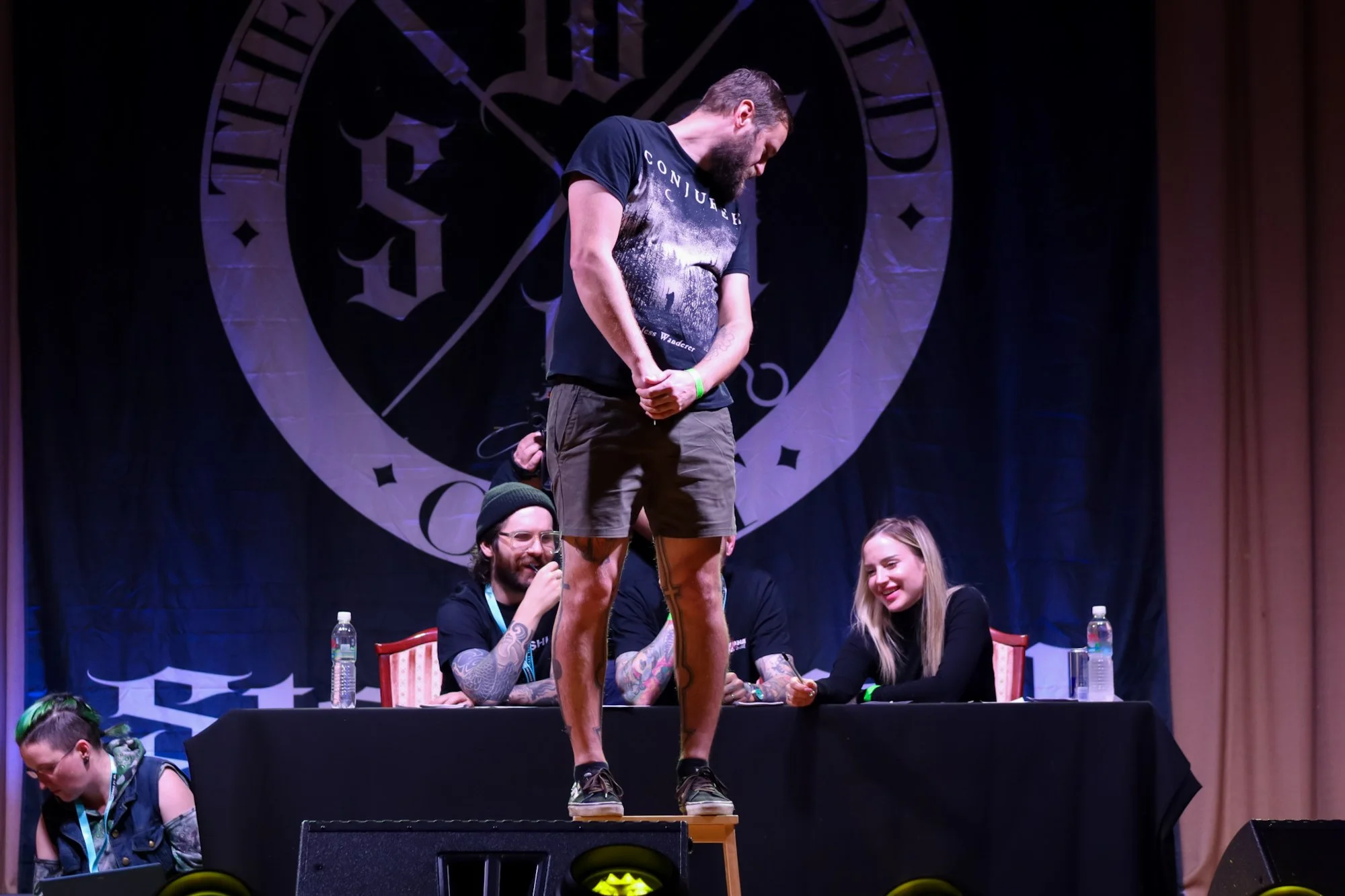






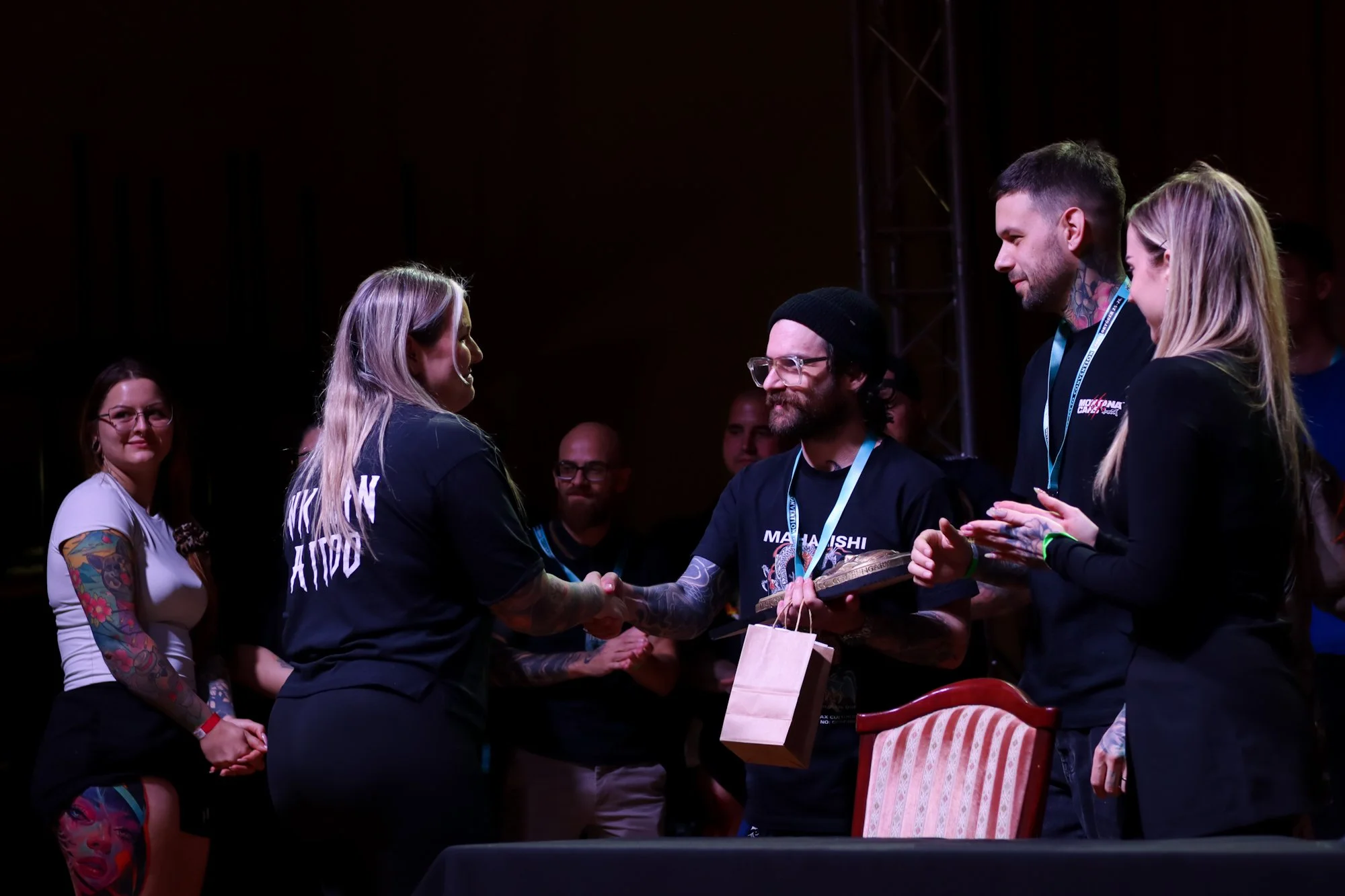



Photos: Szilvia Molnar / Szegedify
